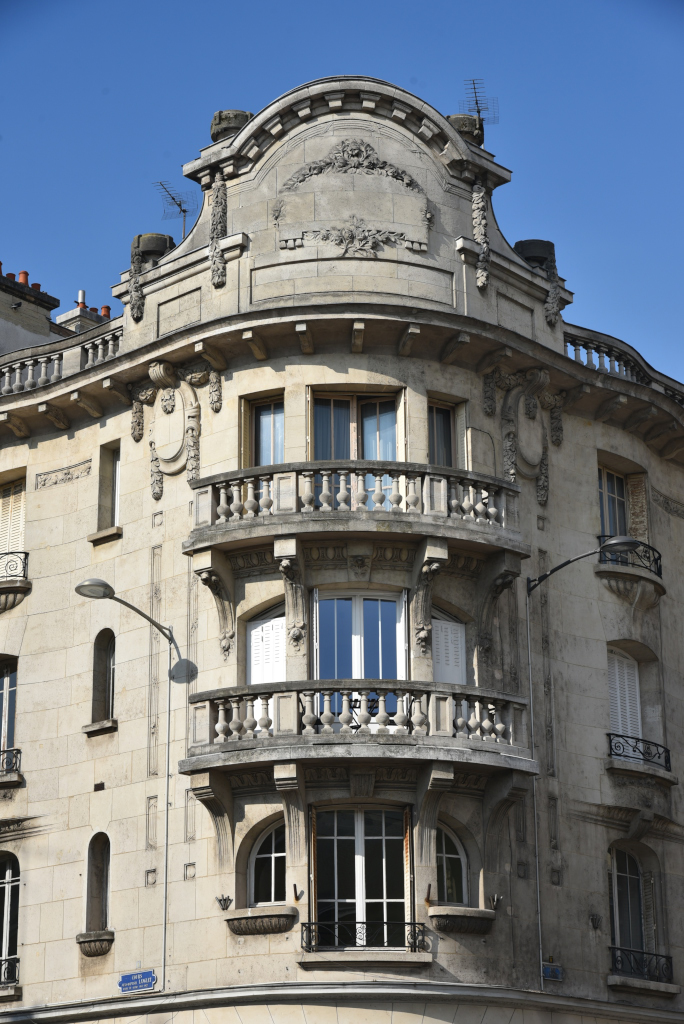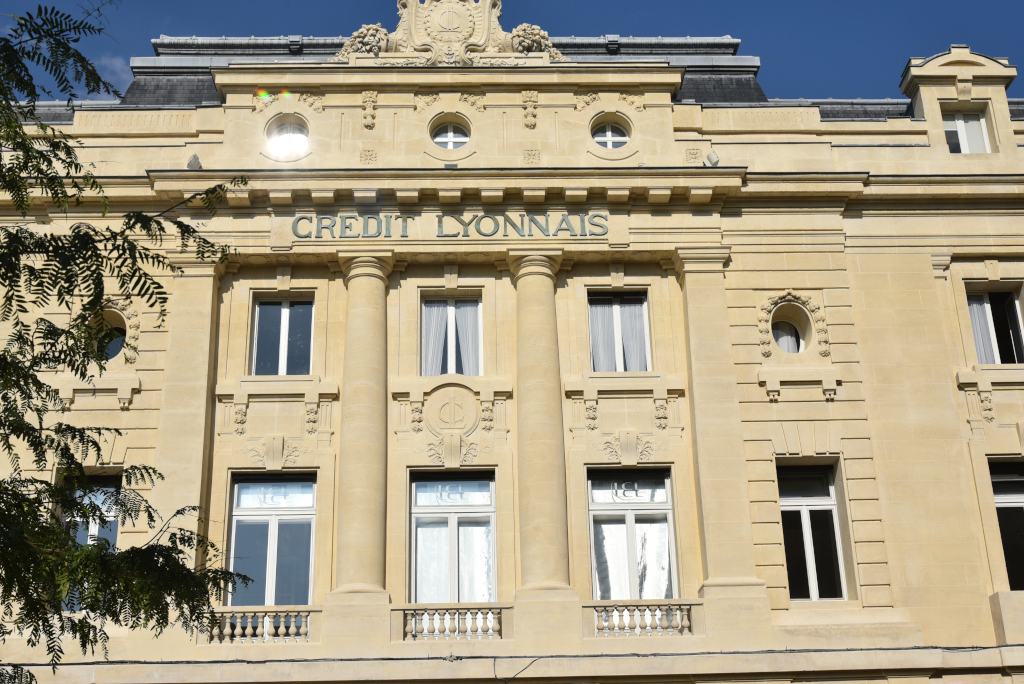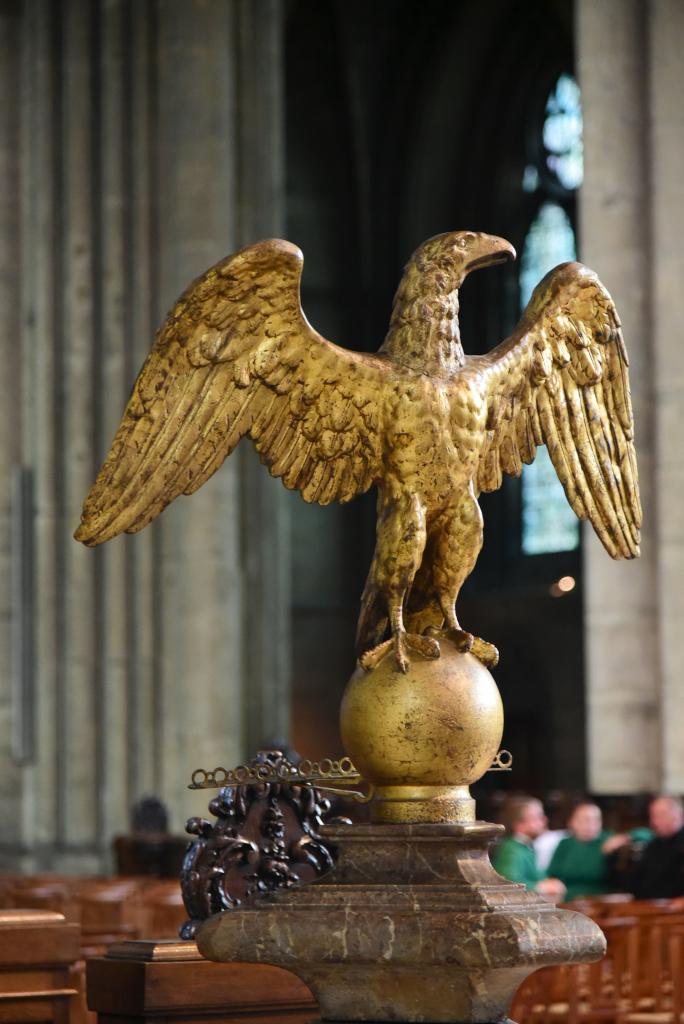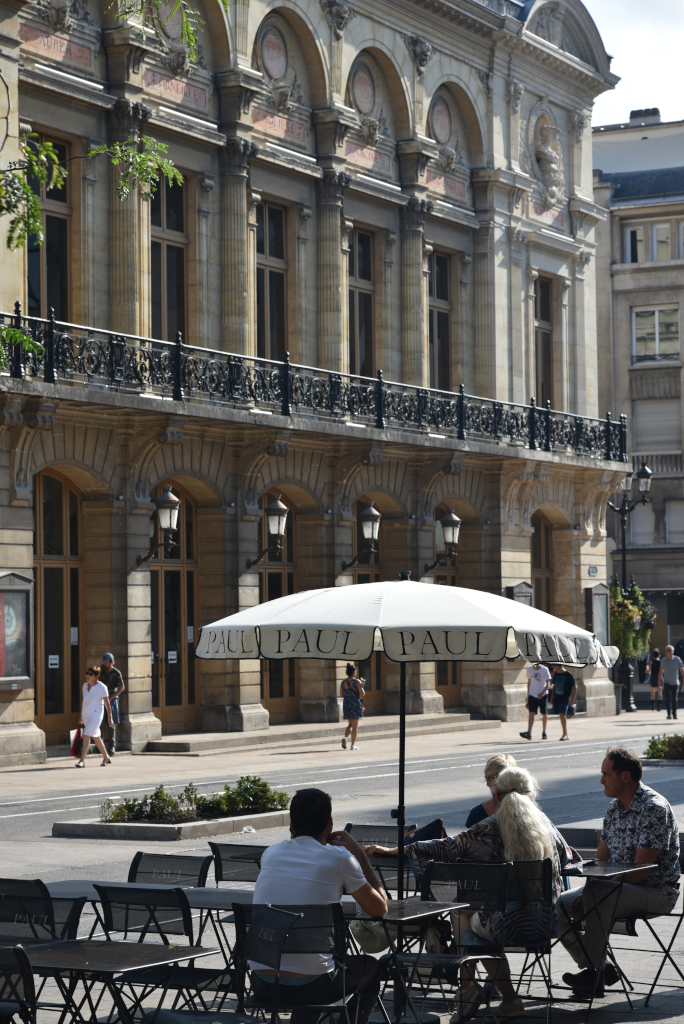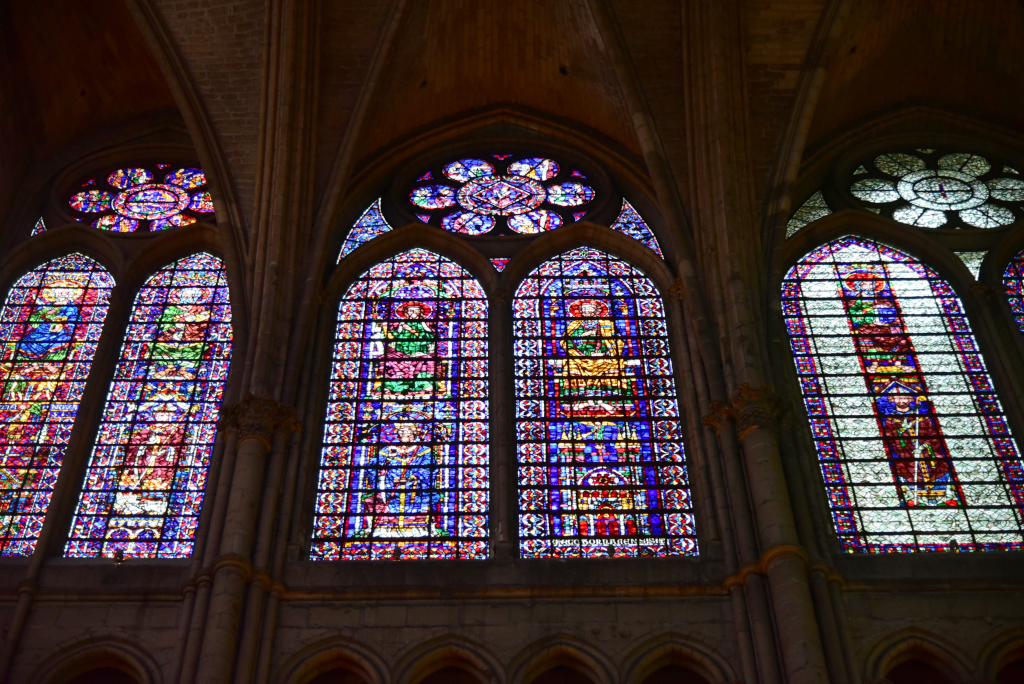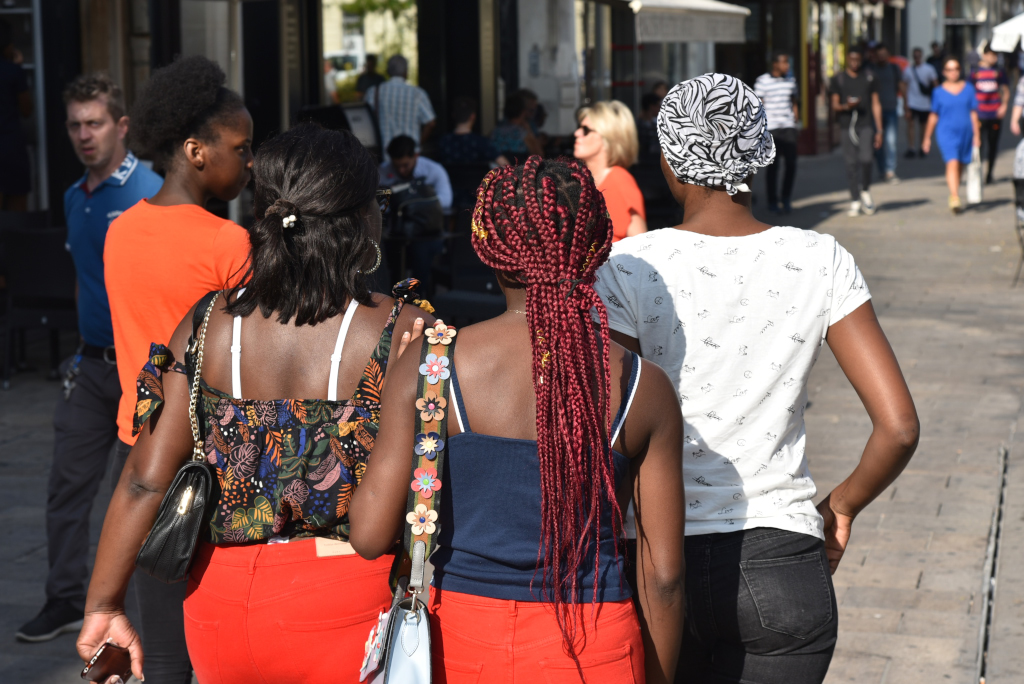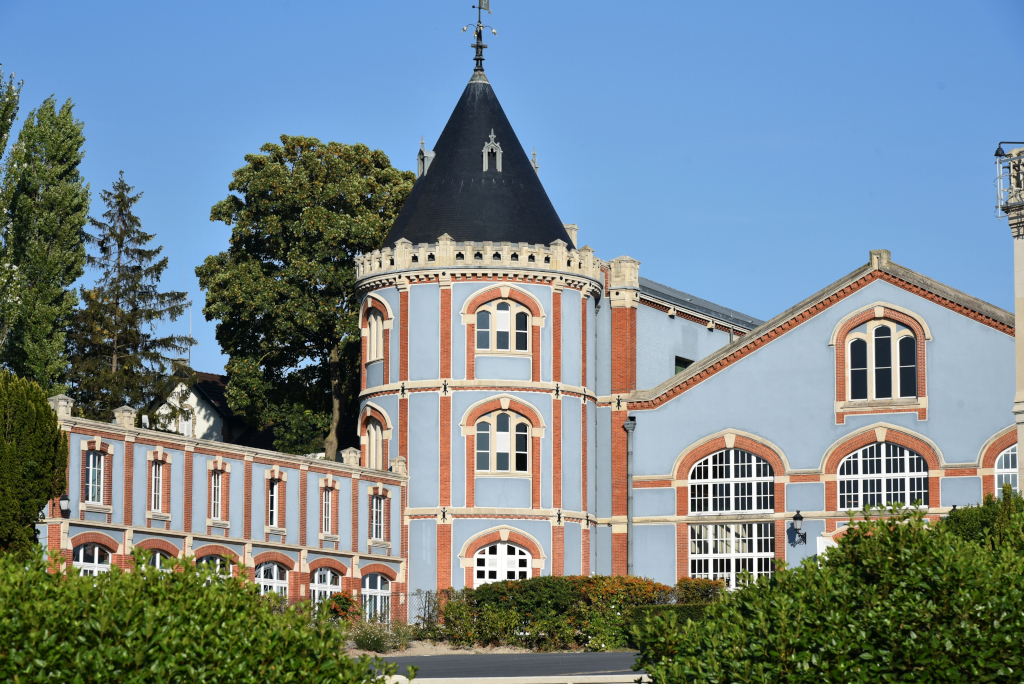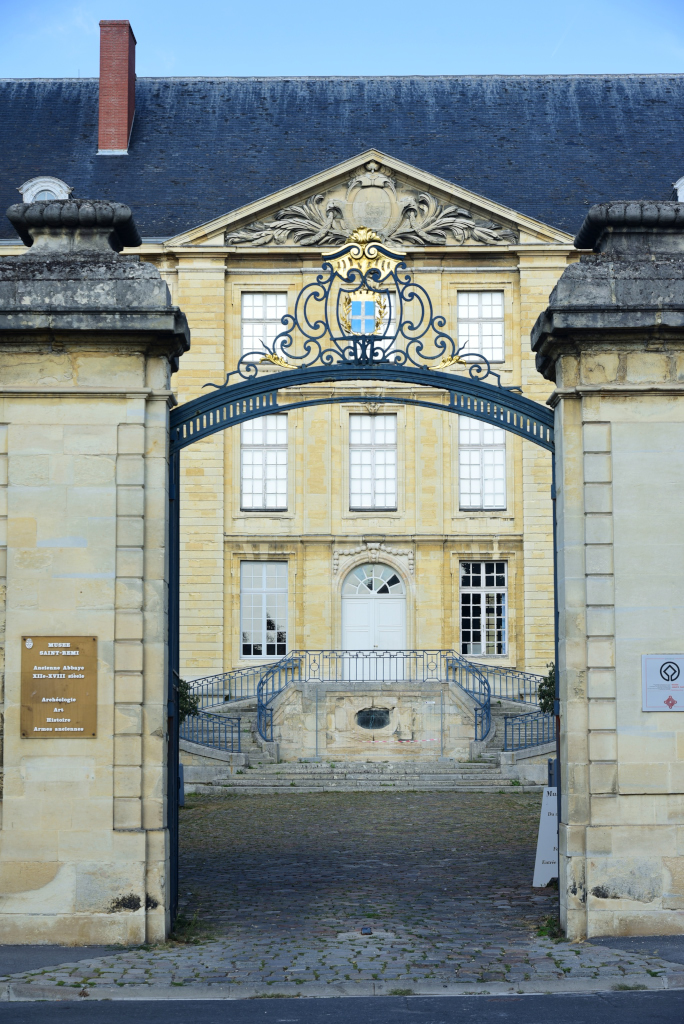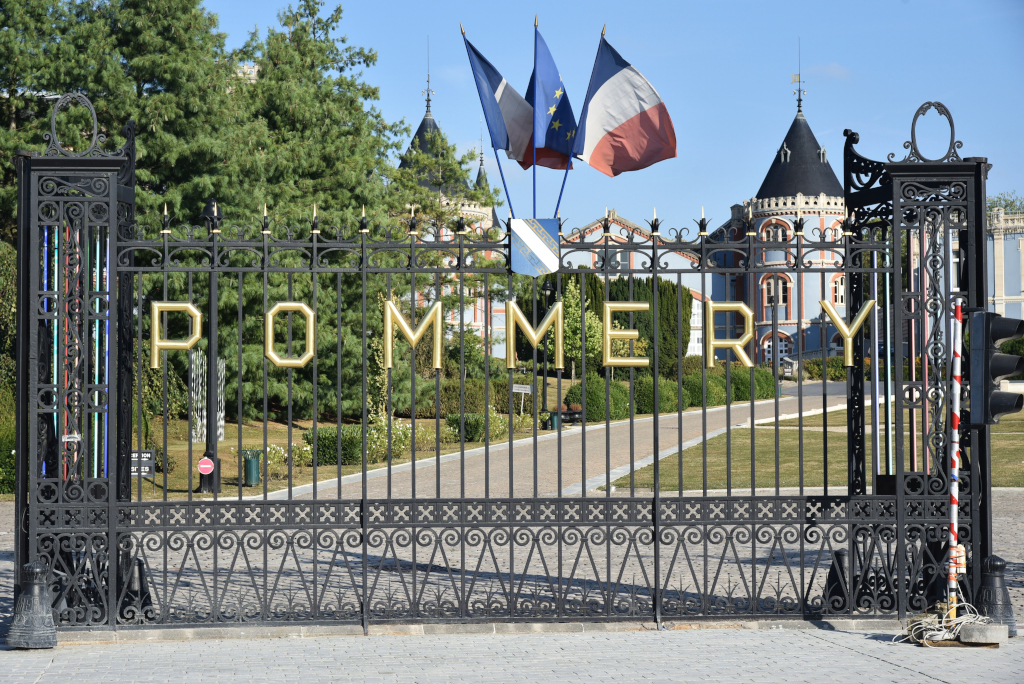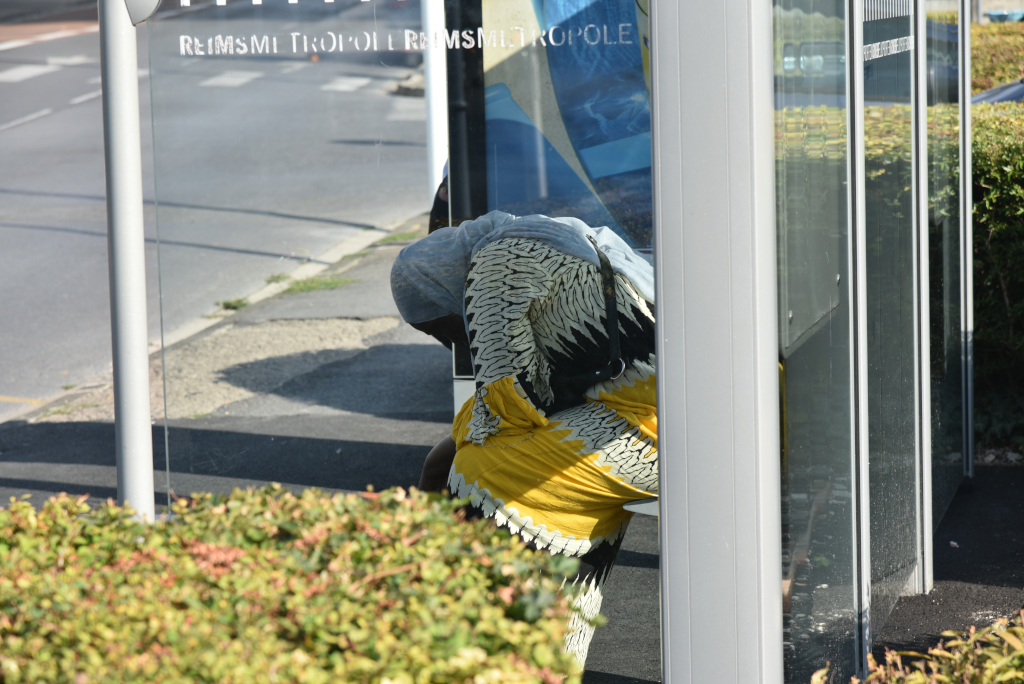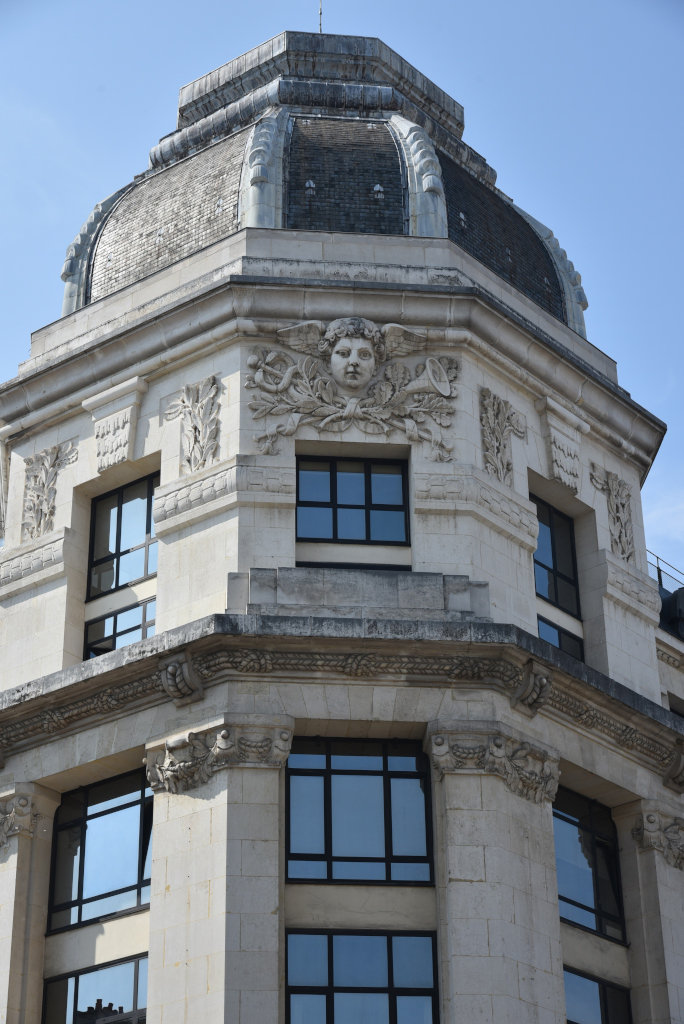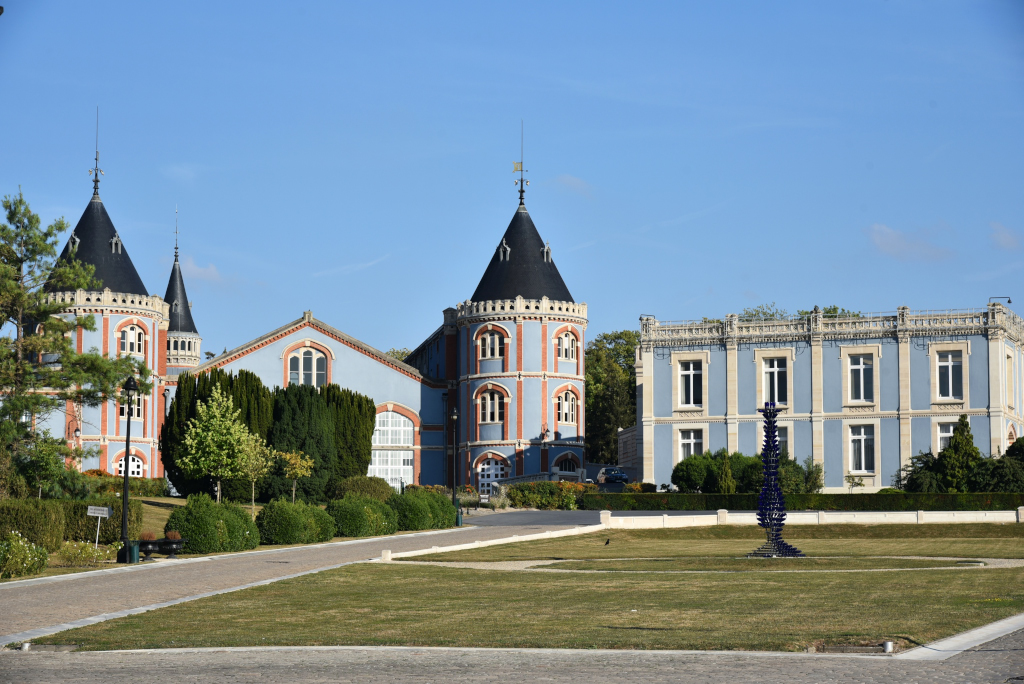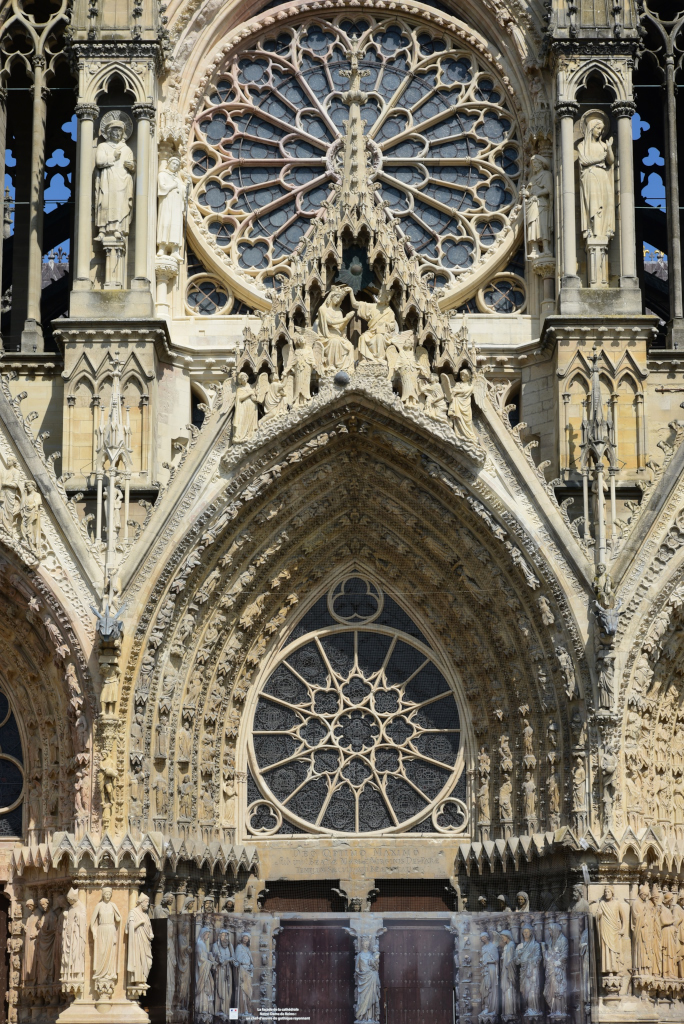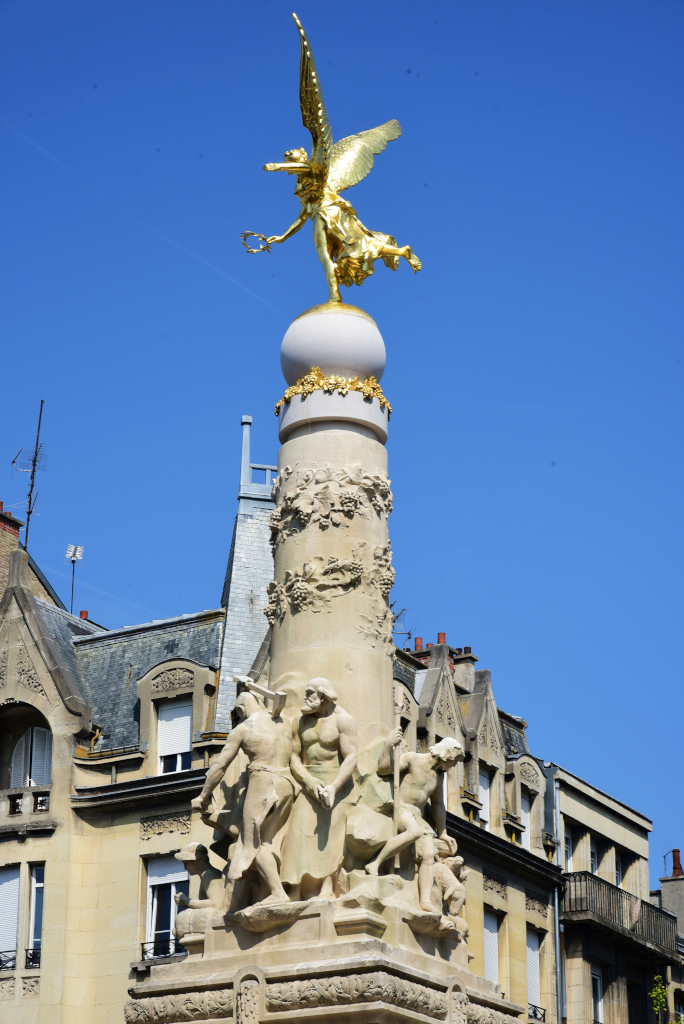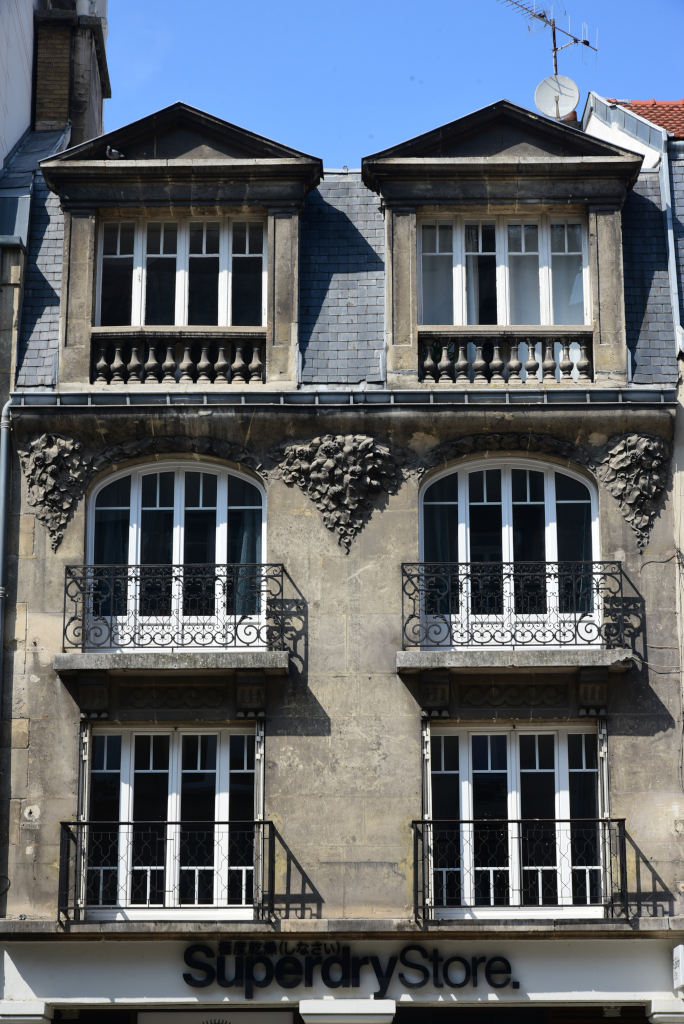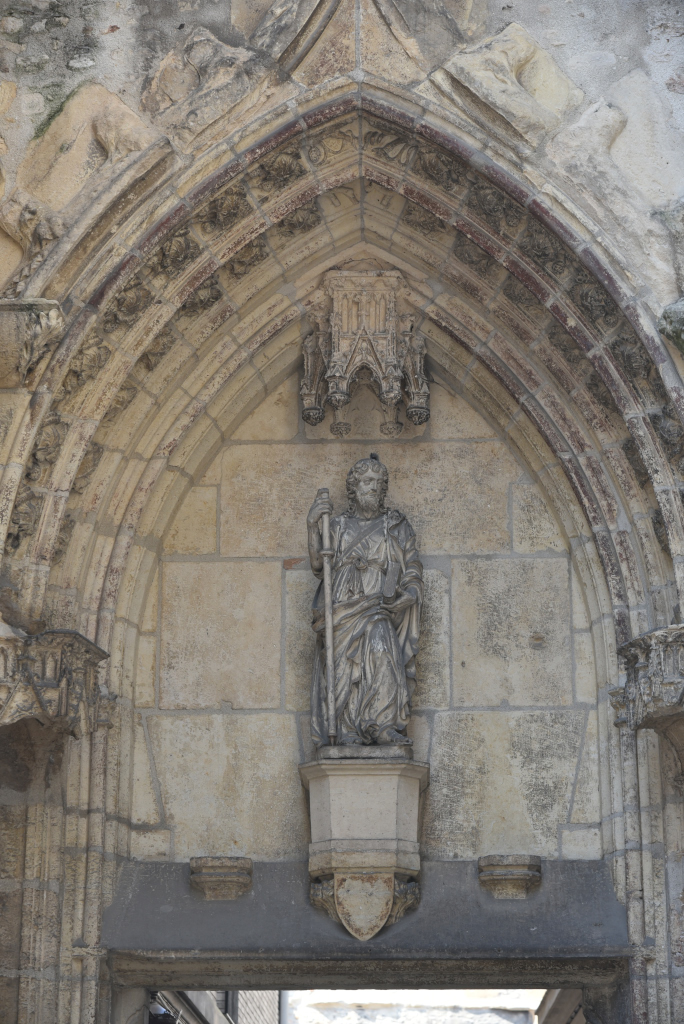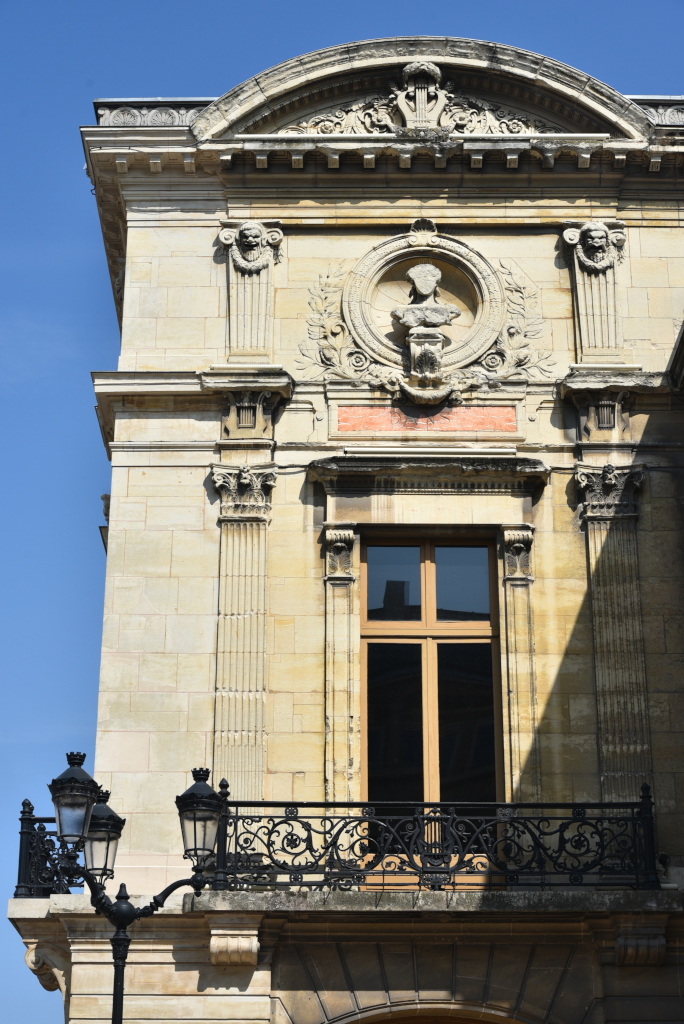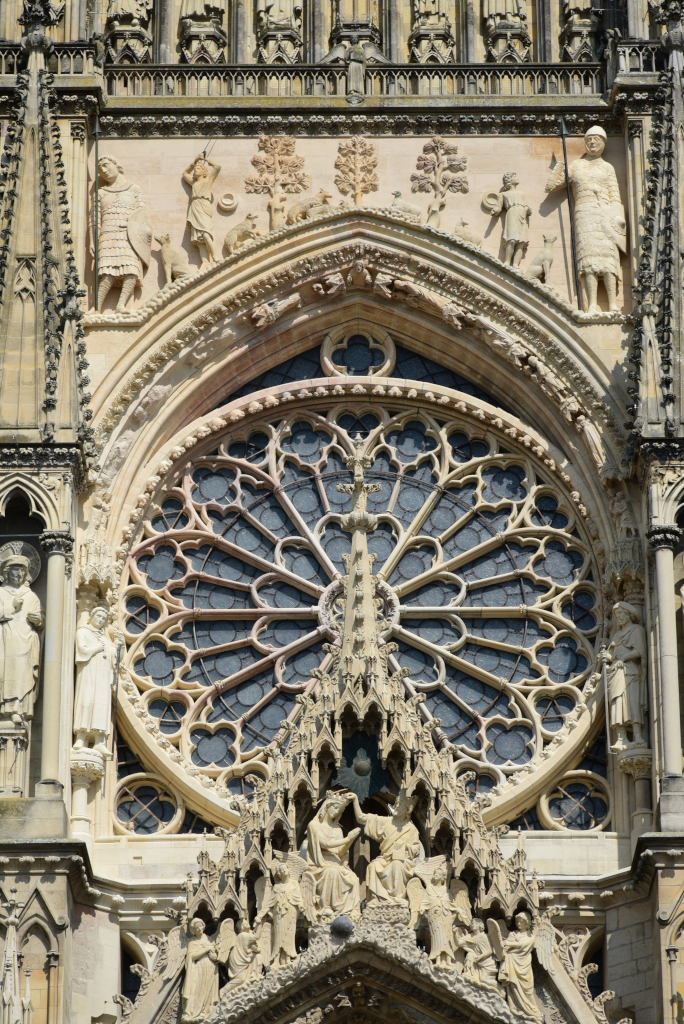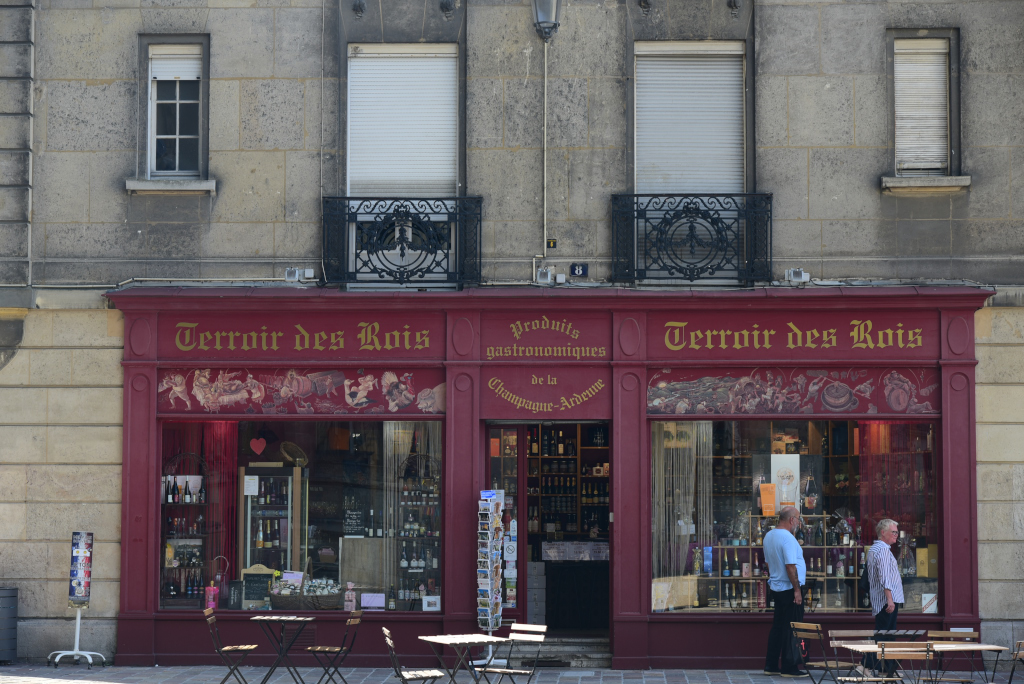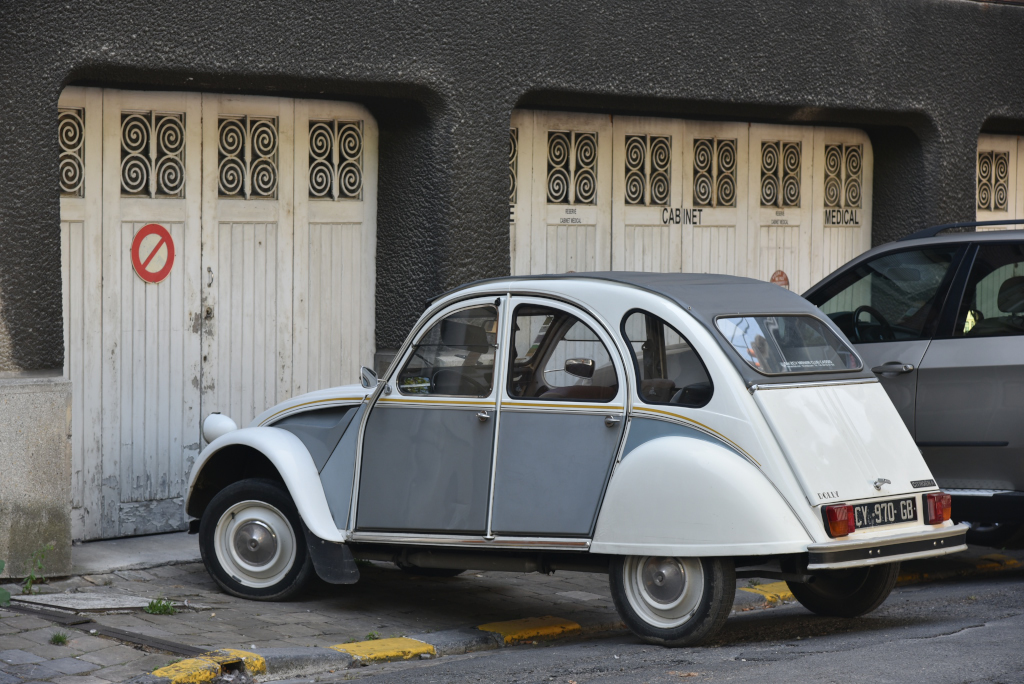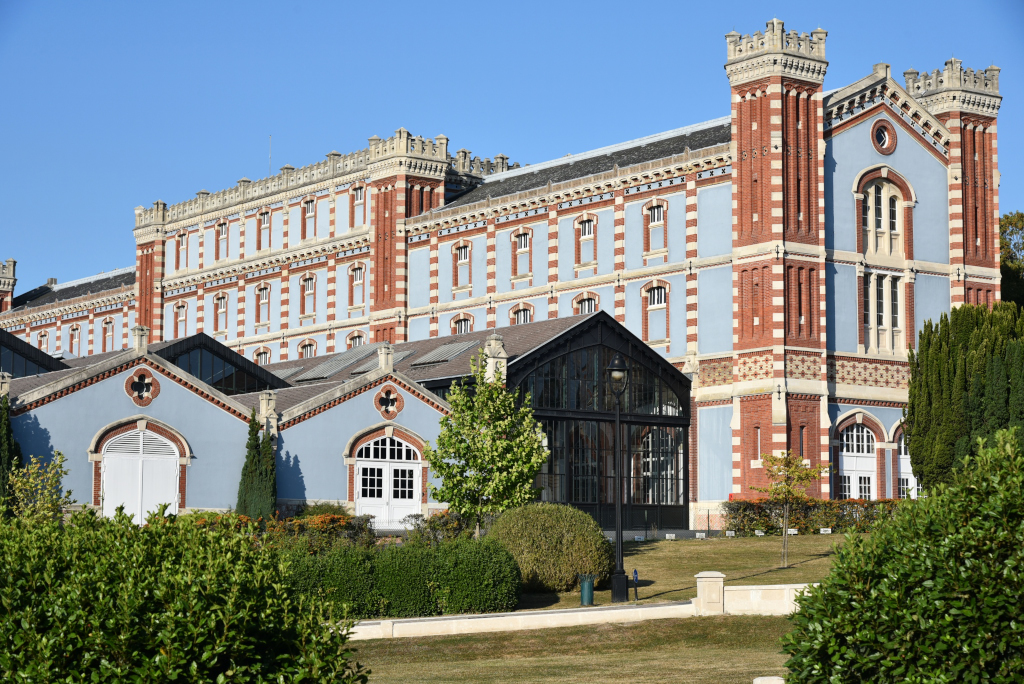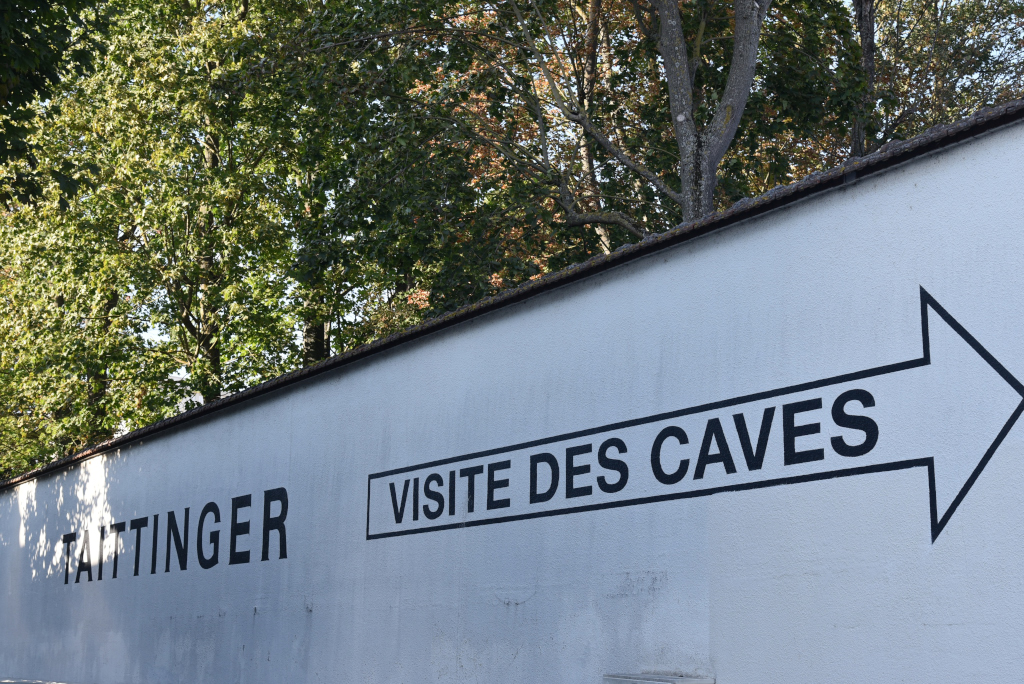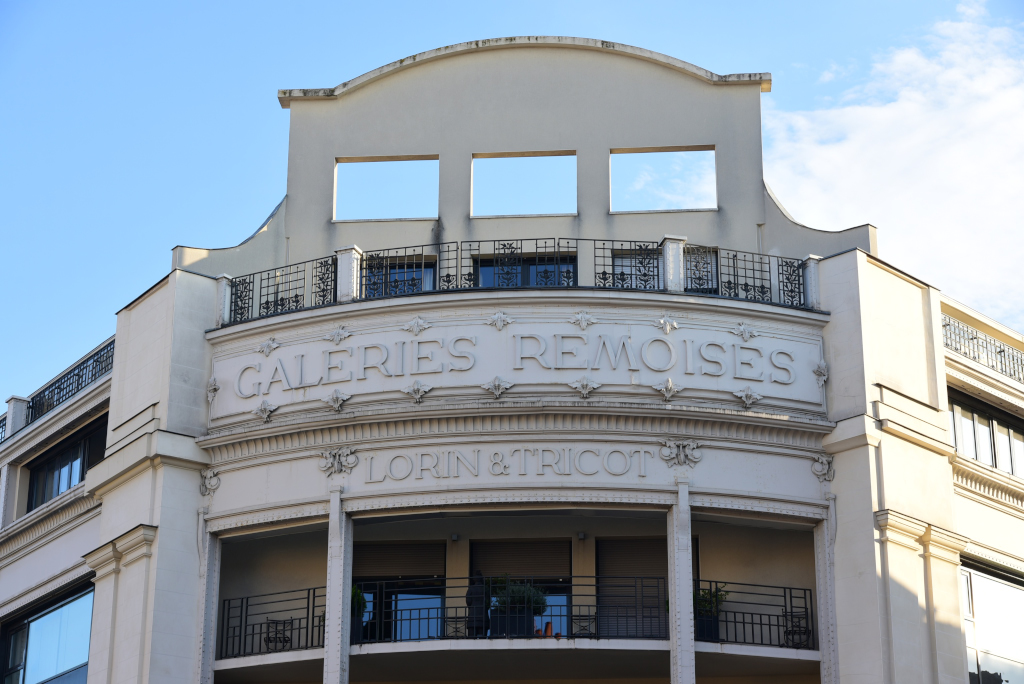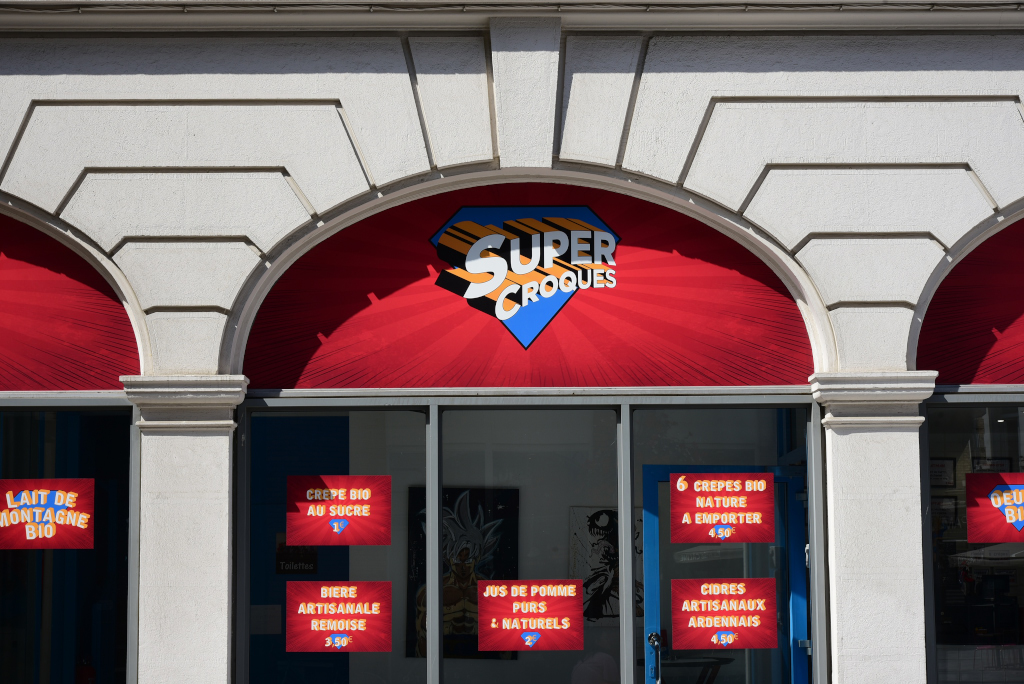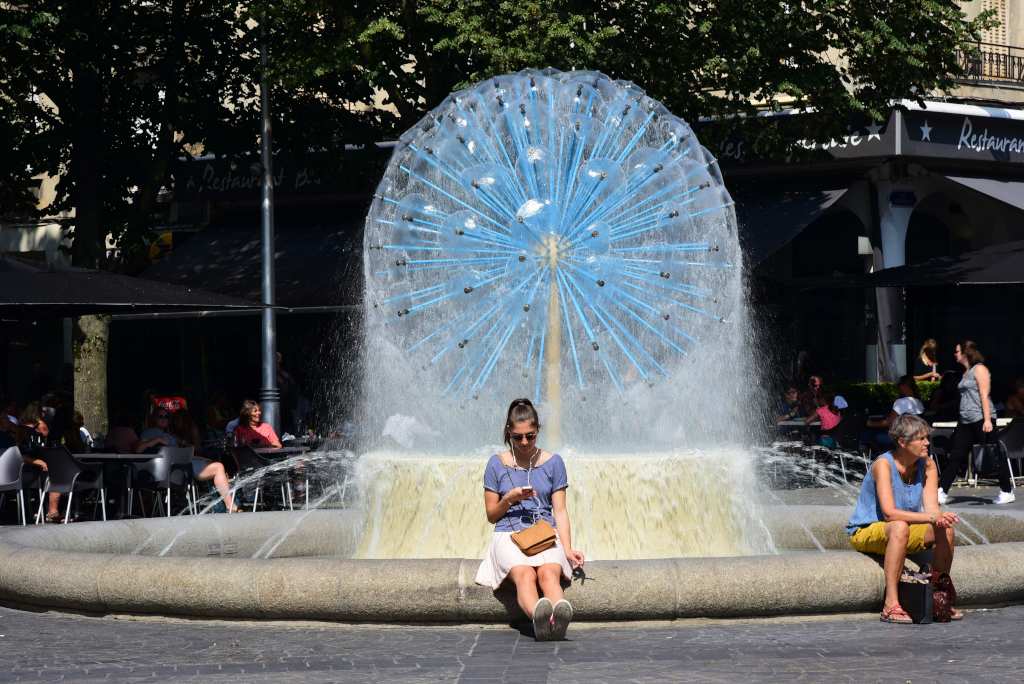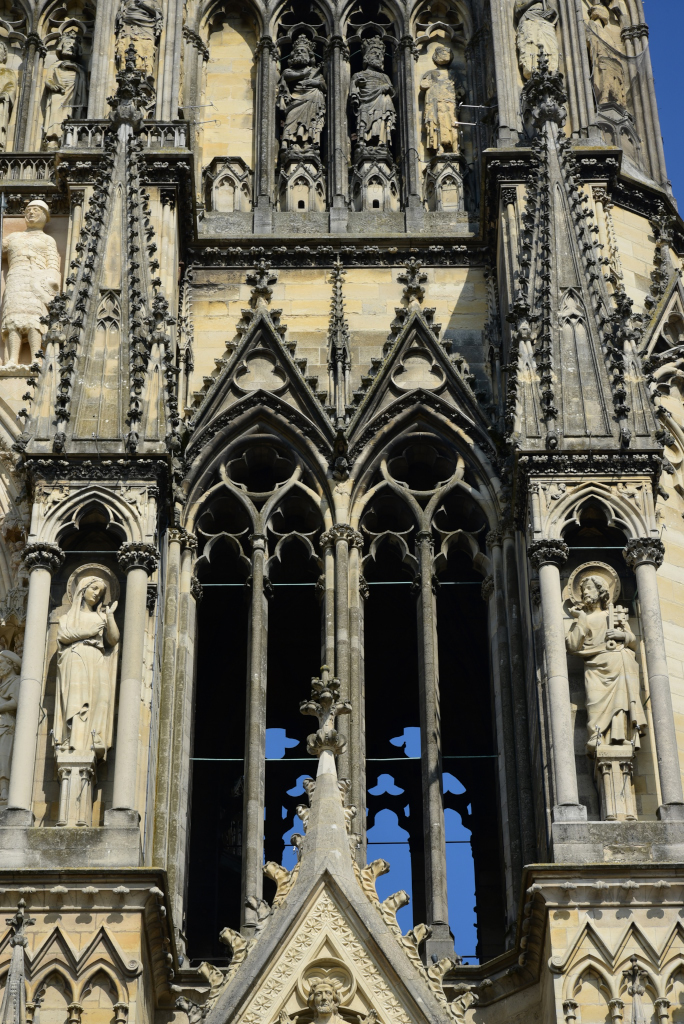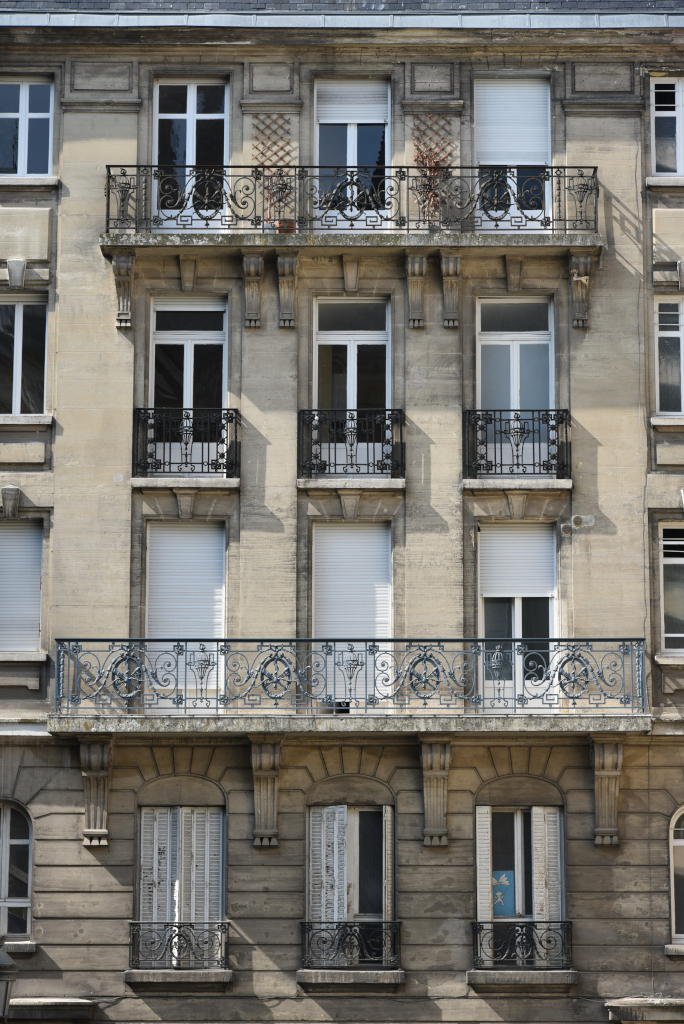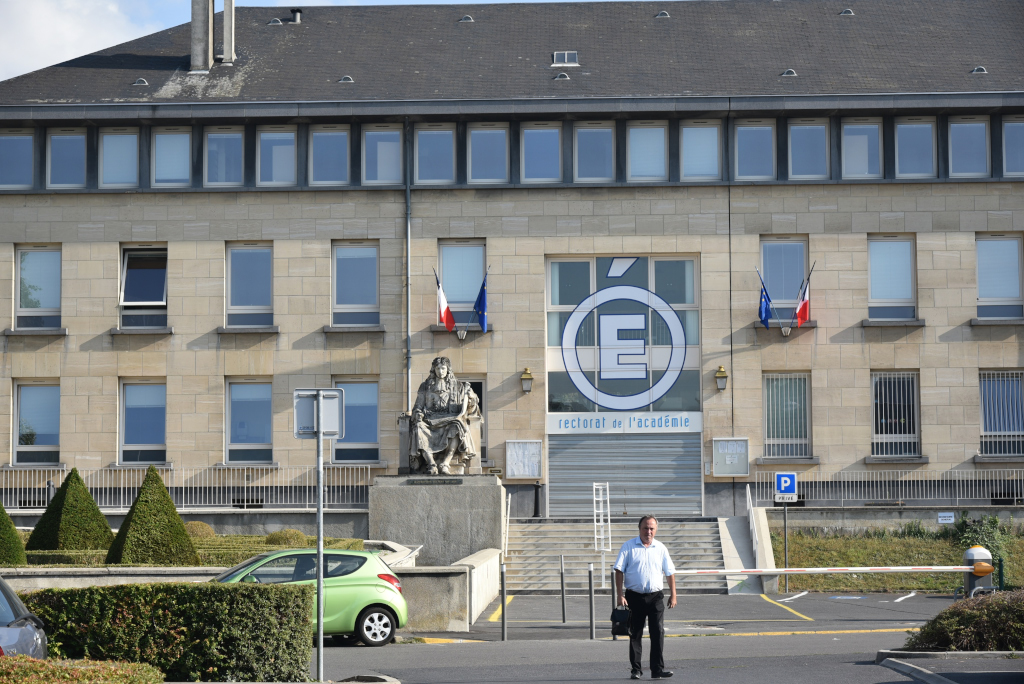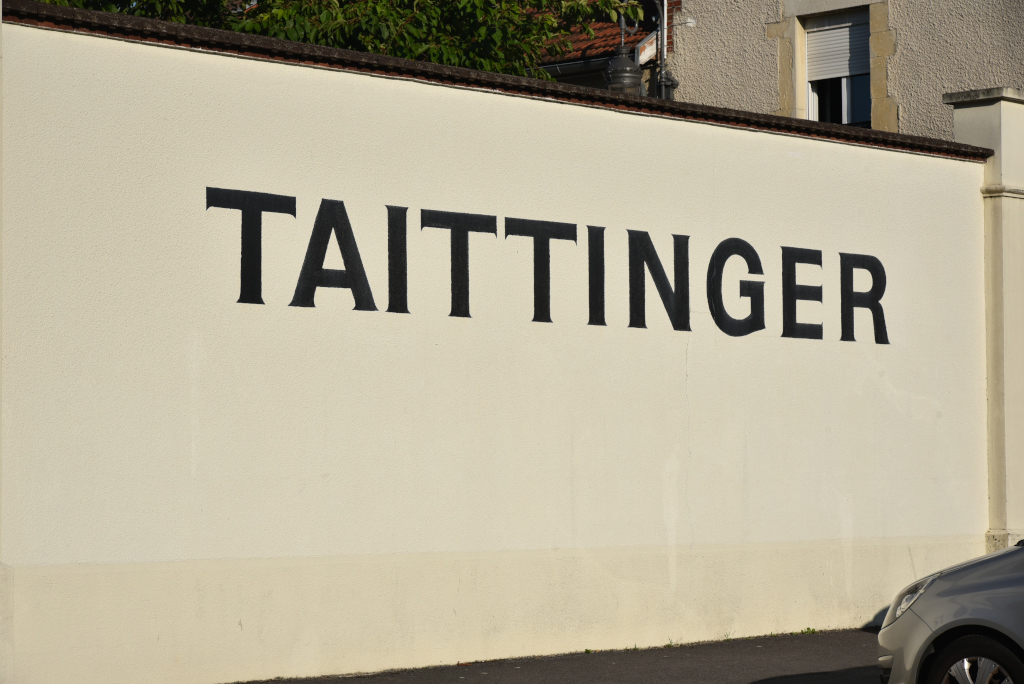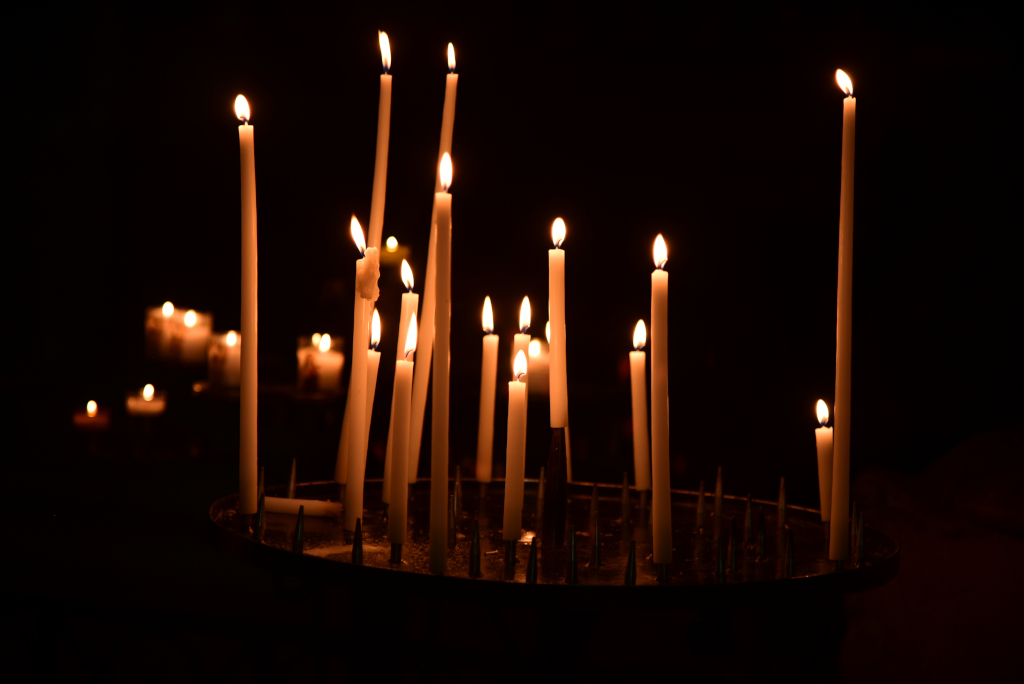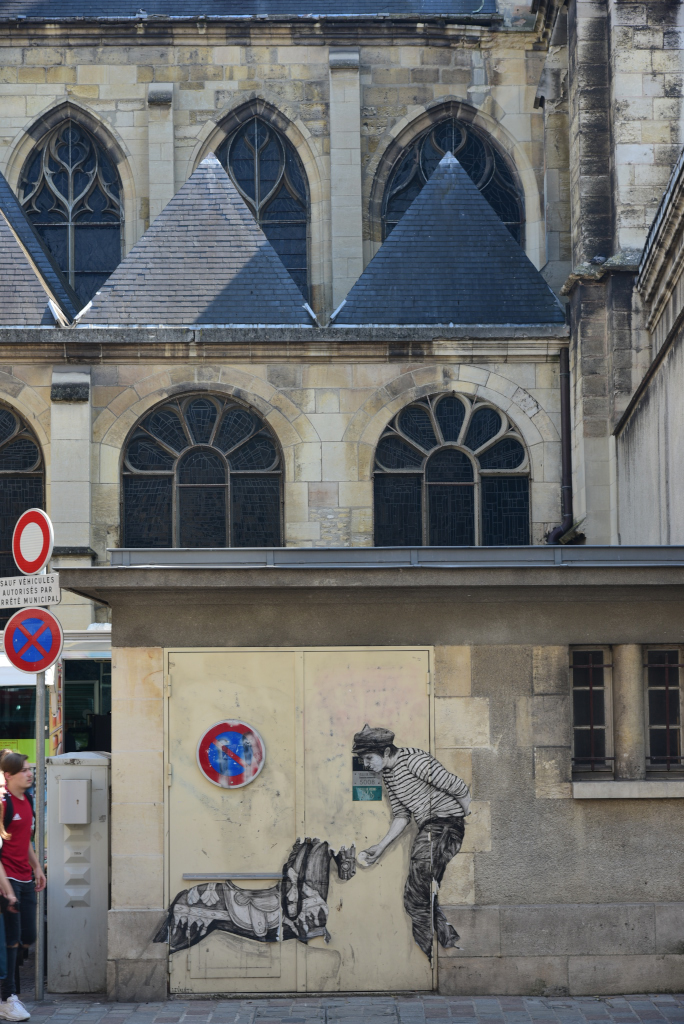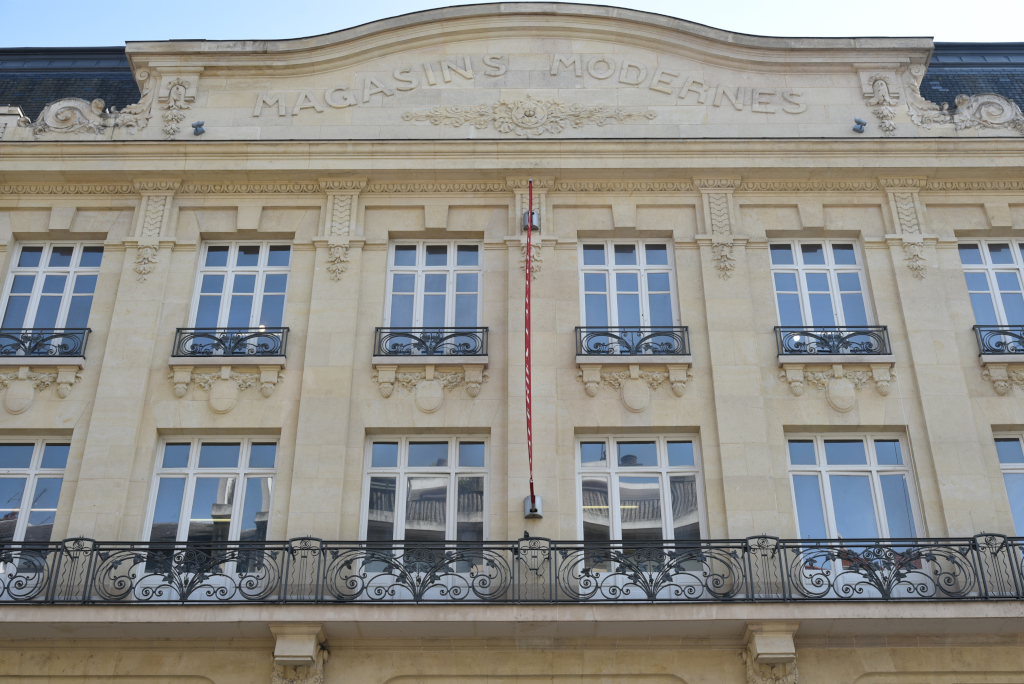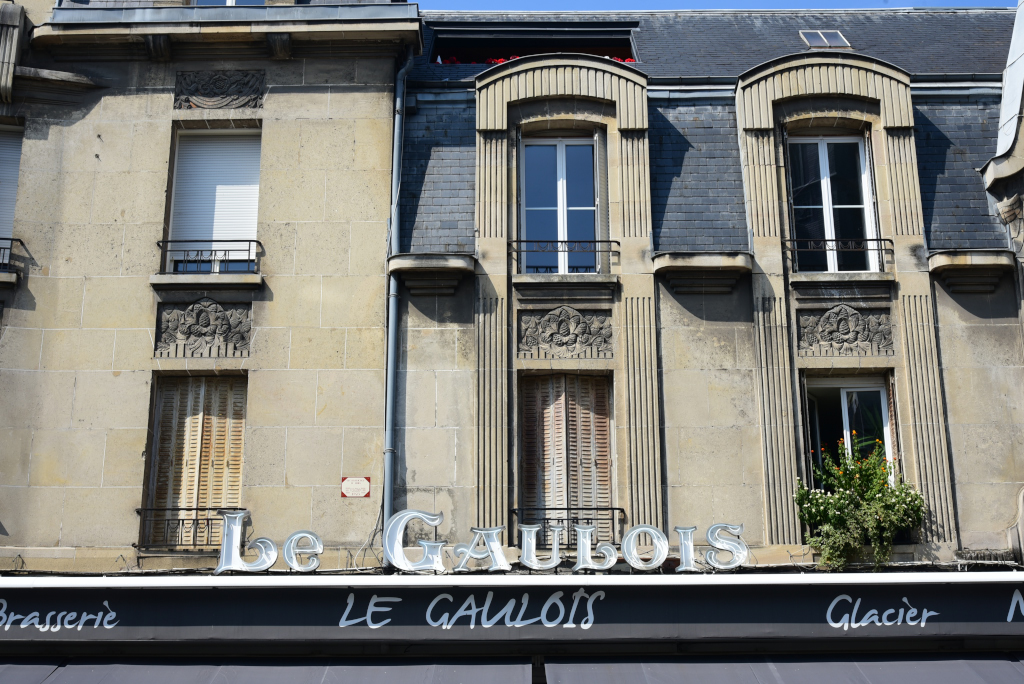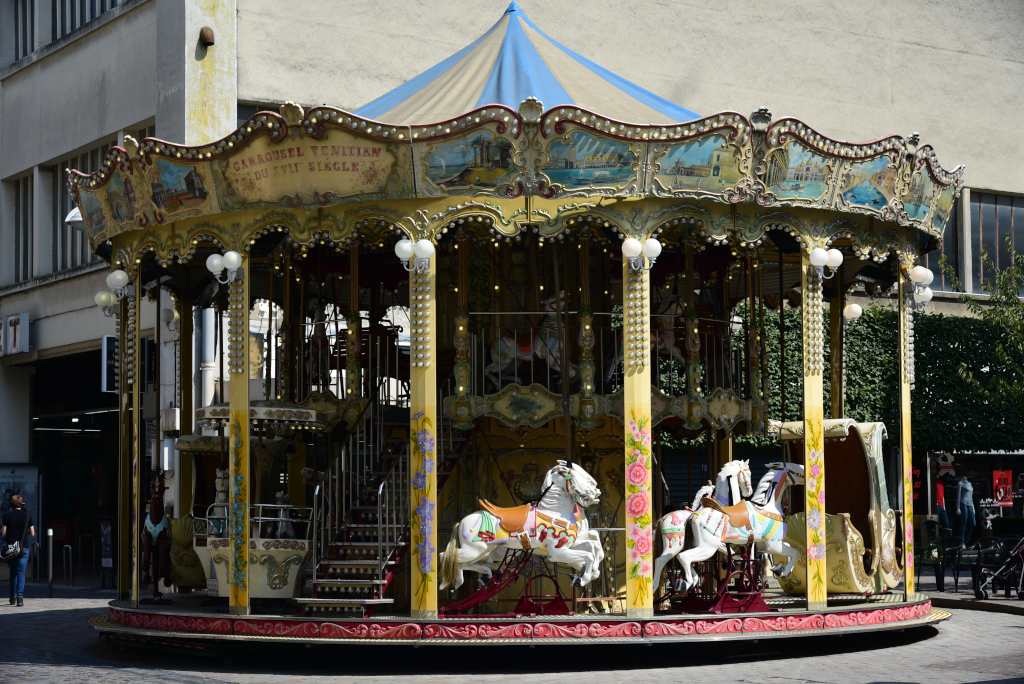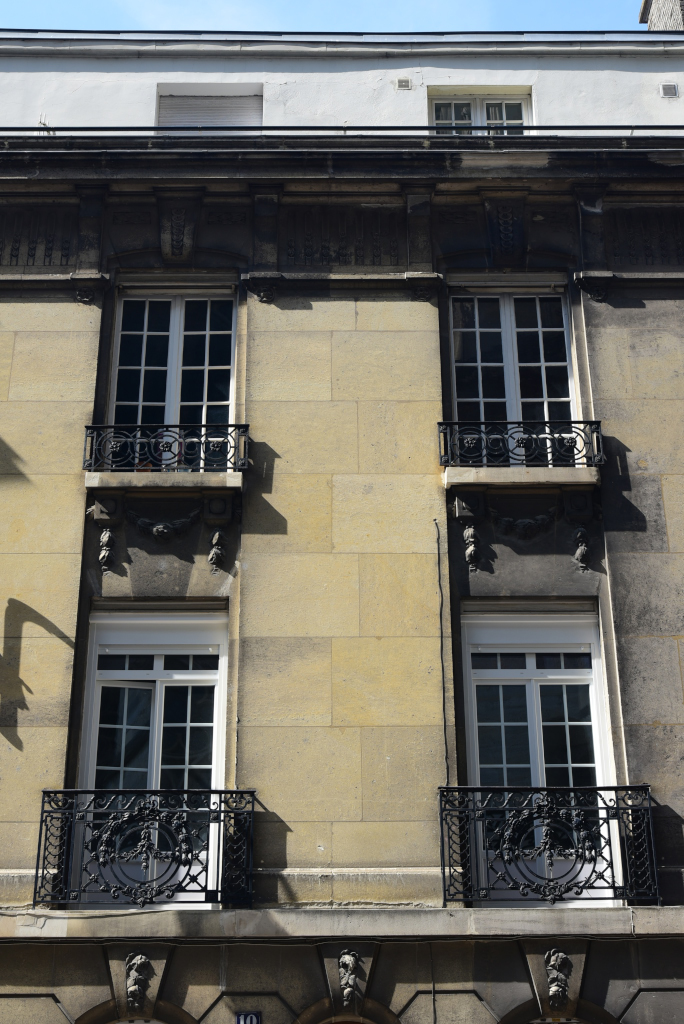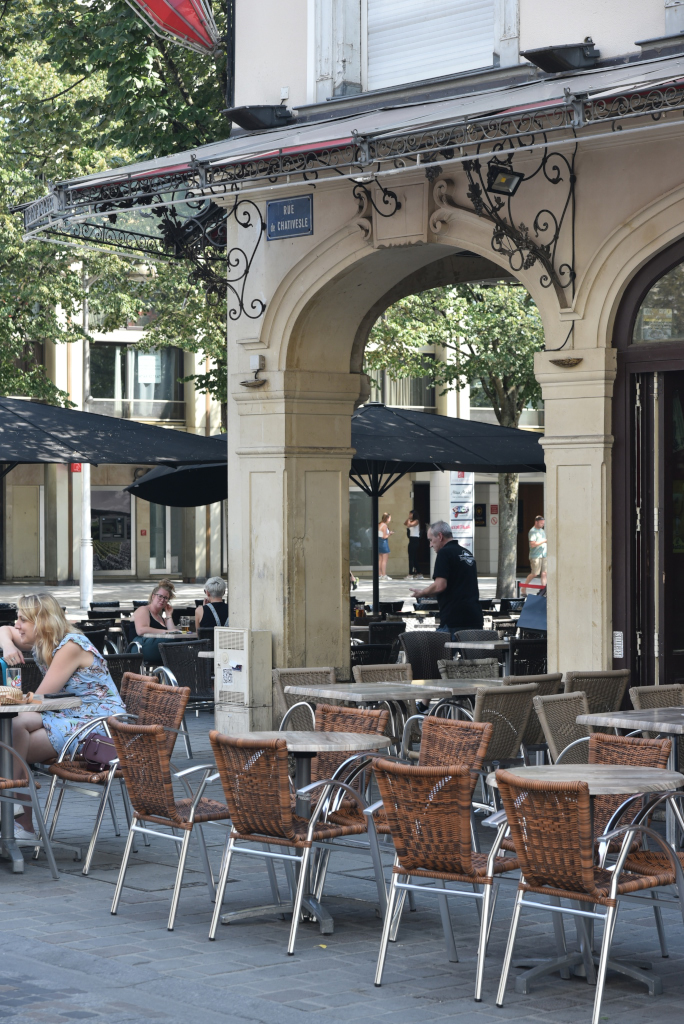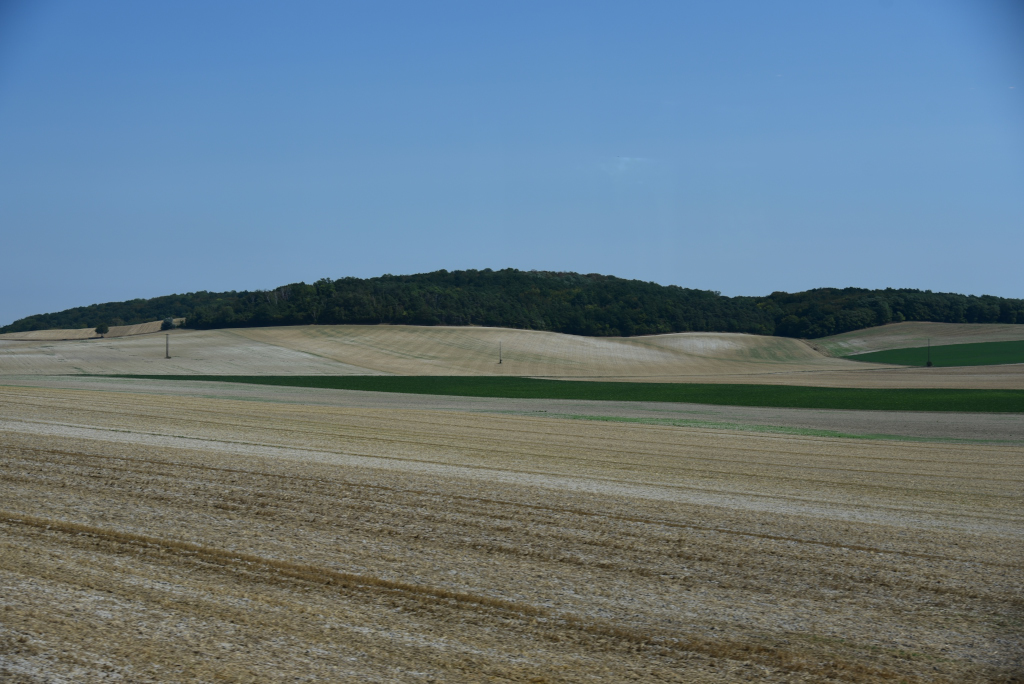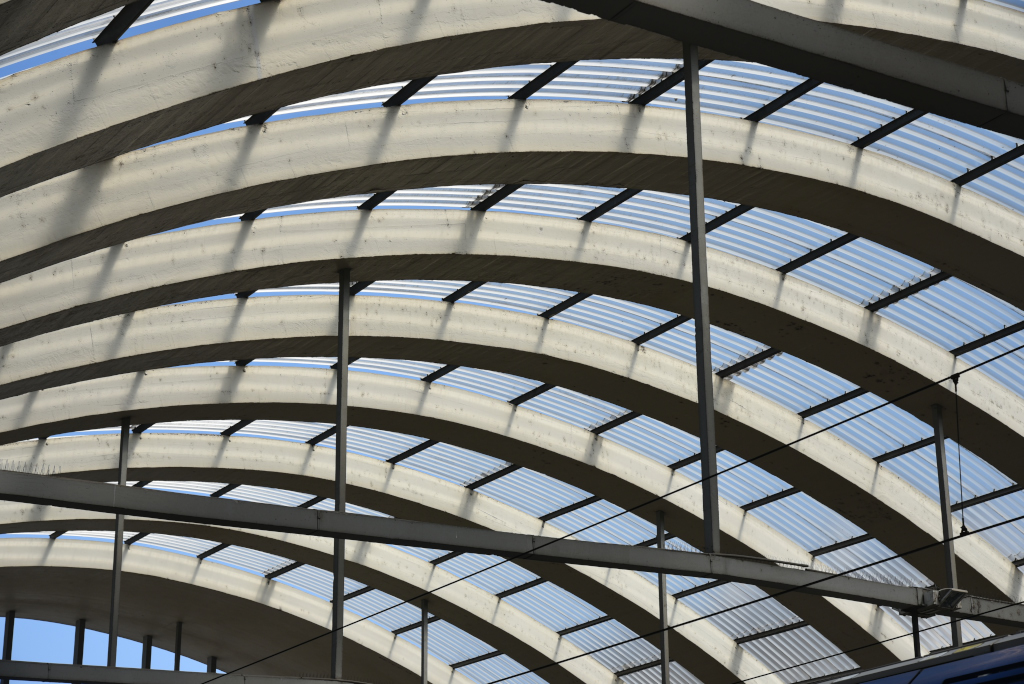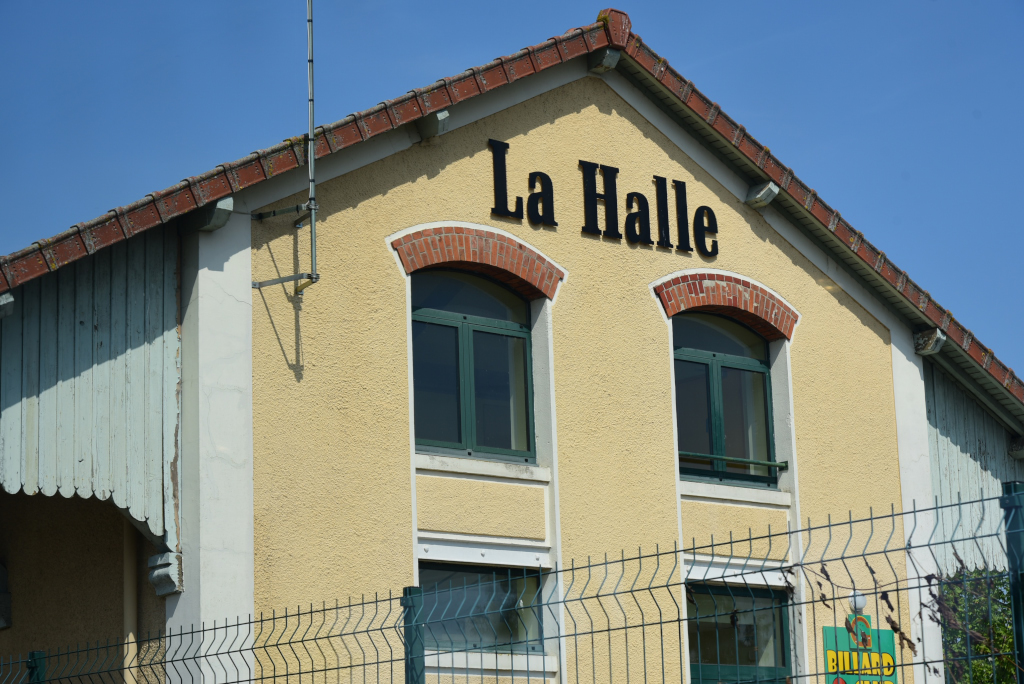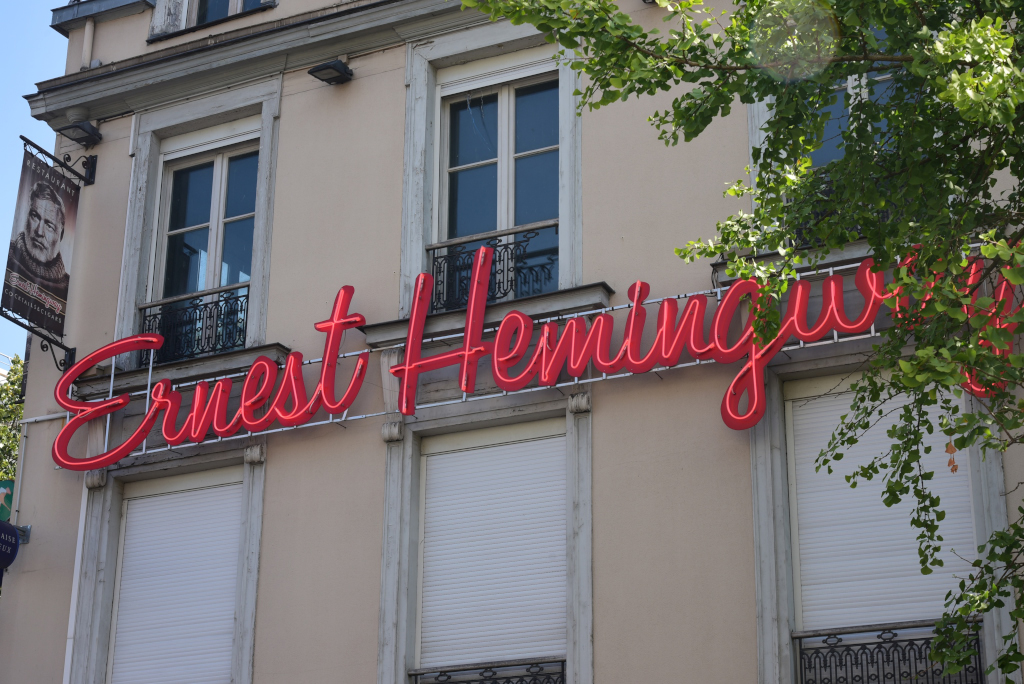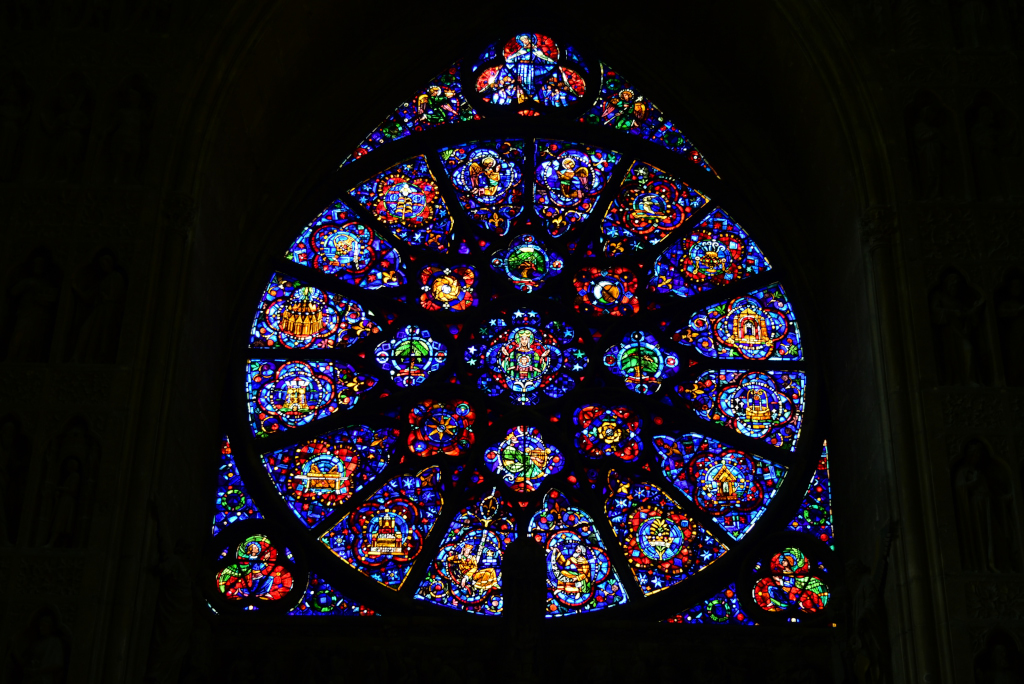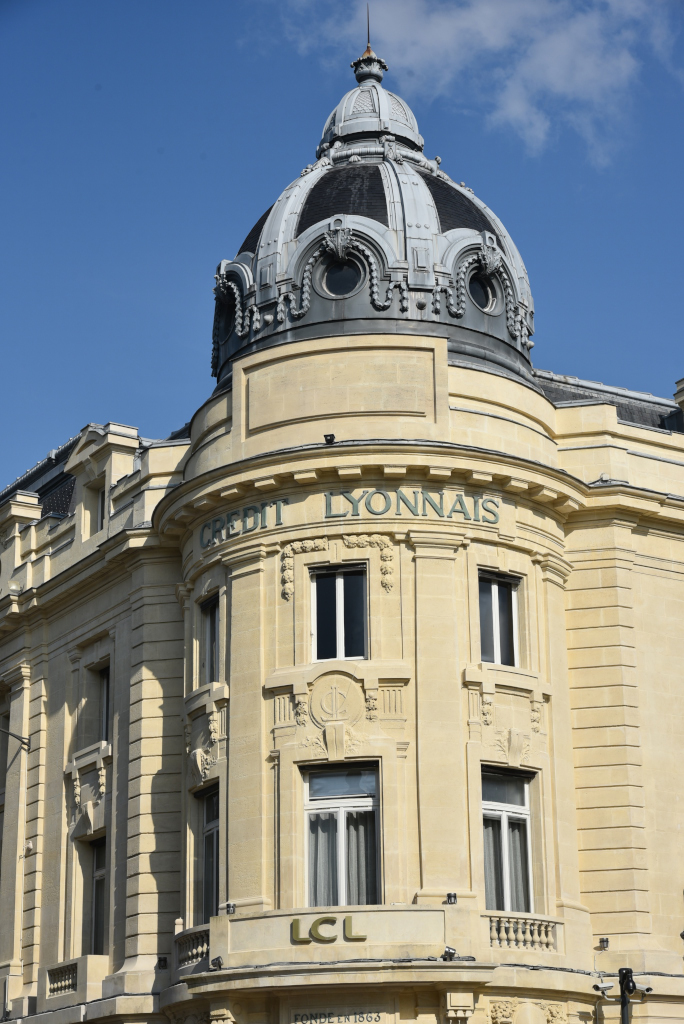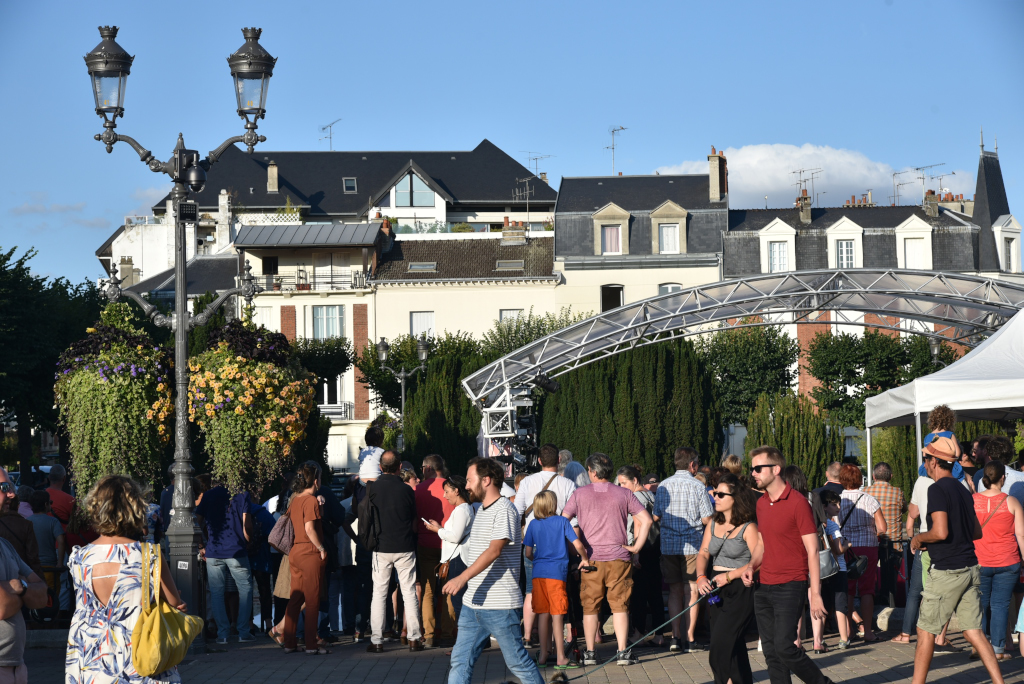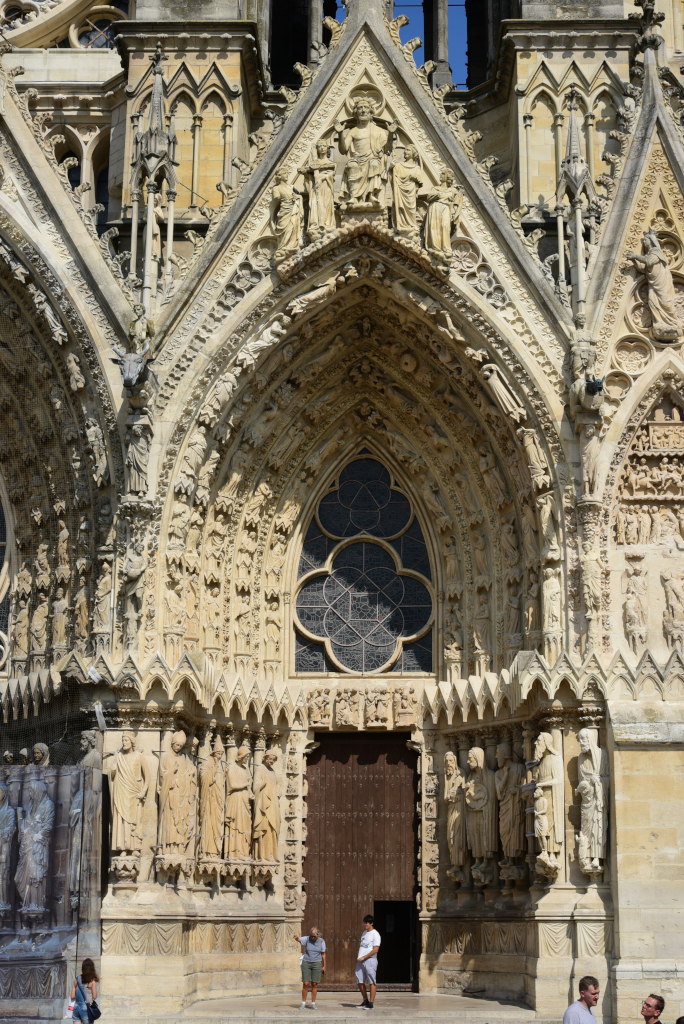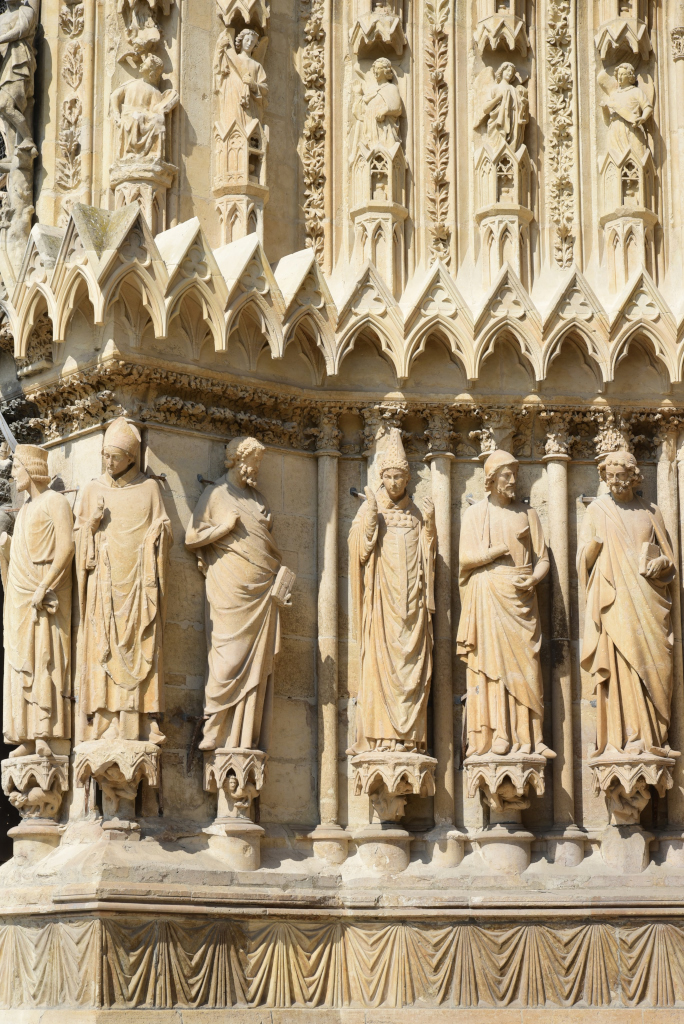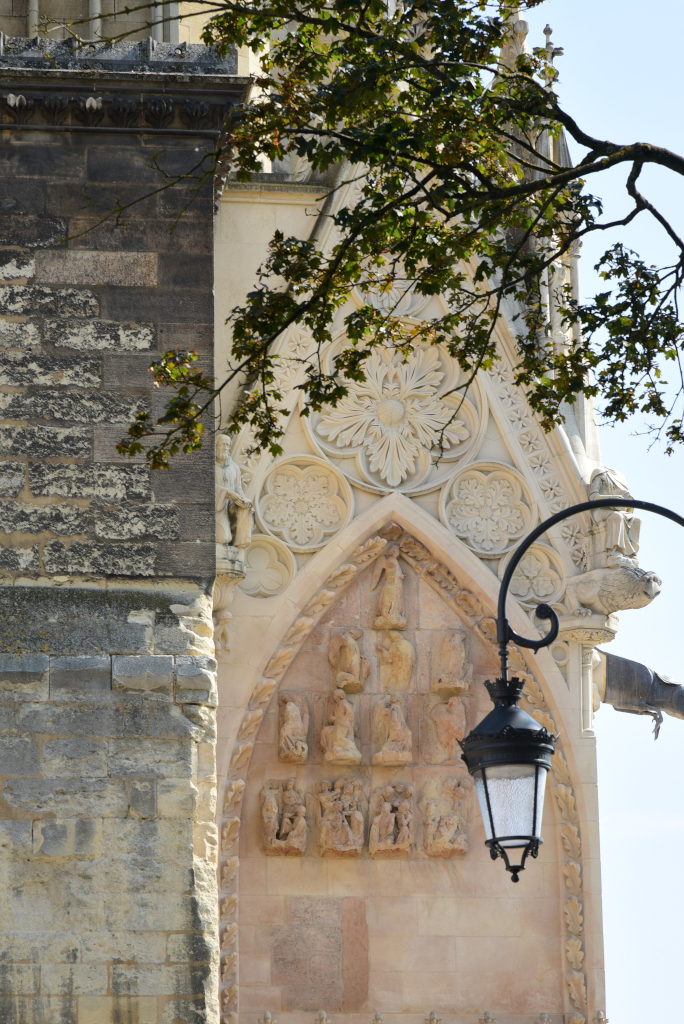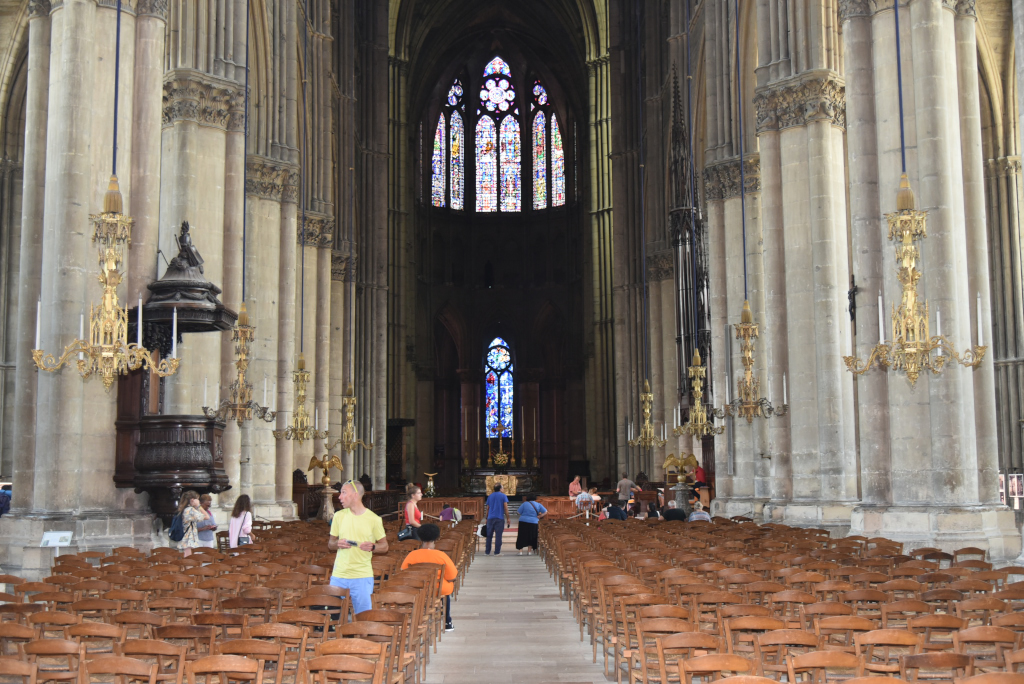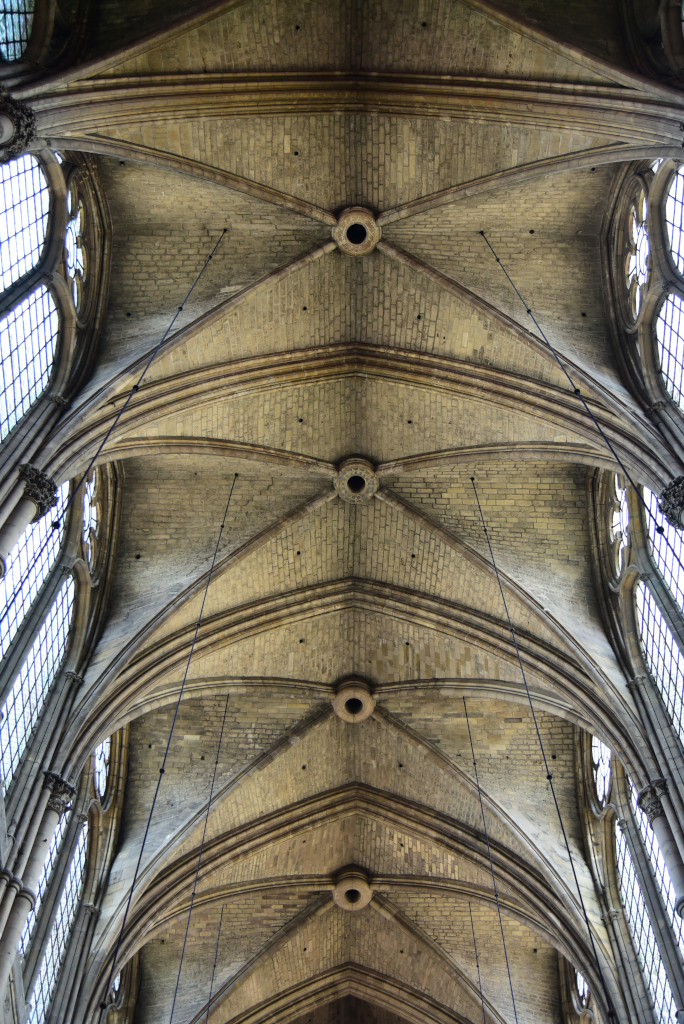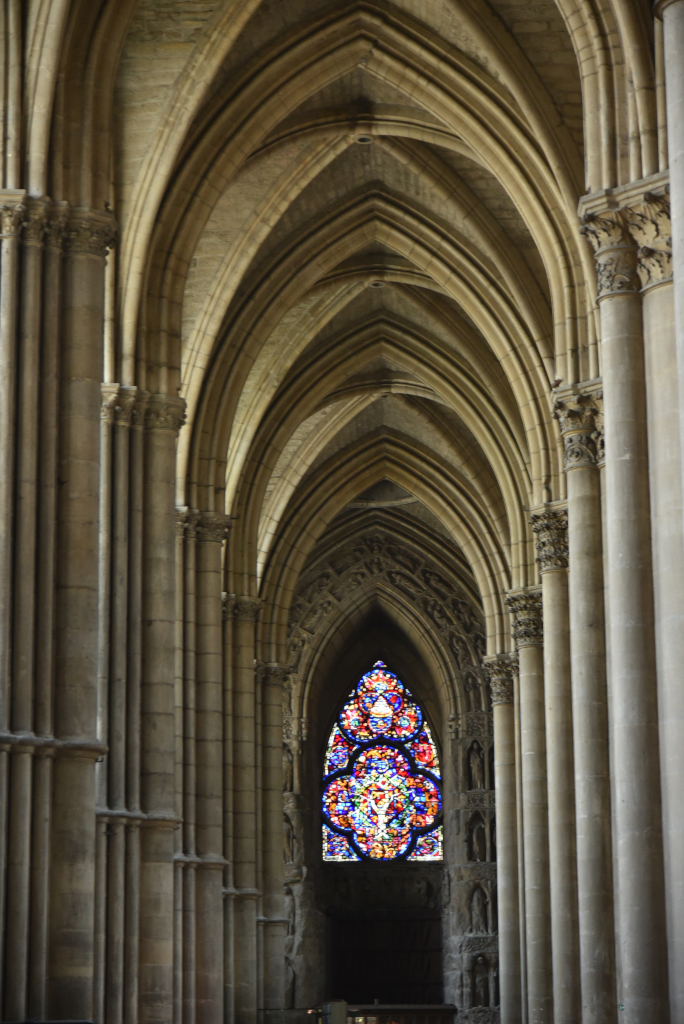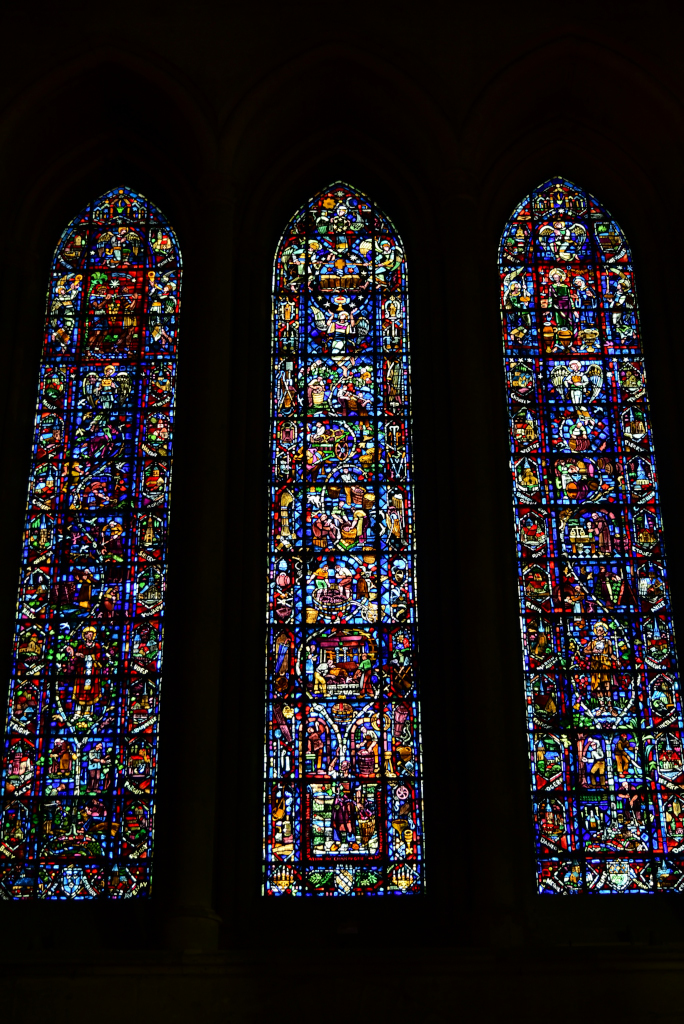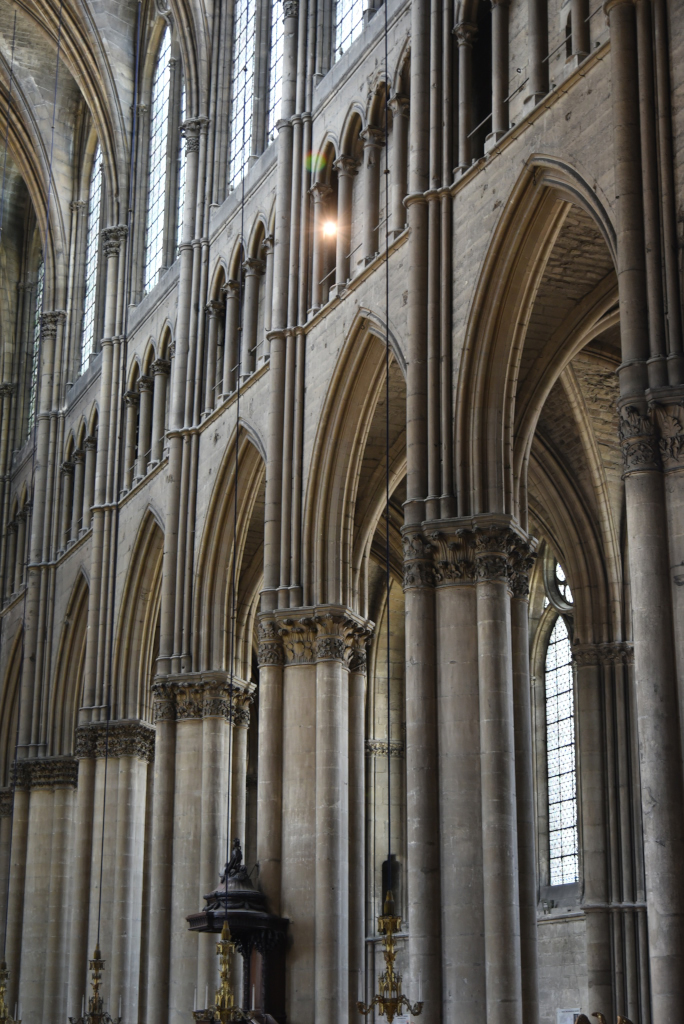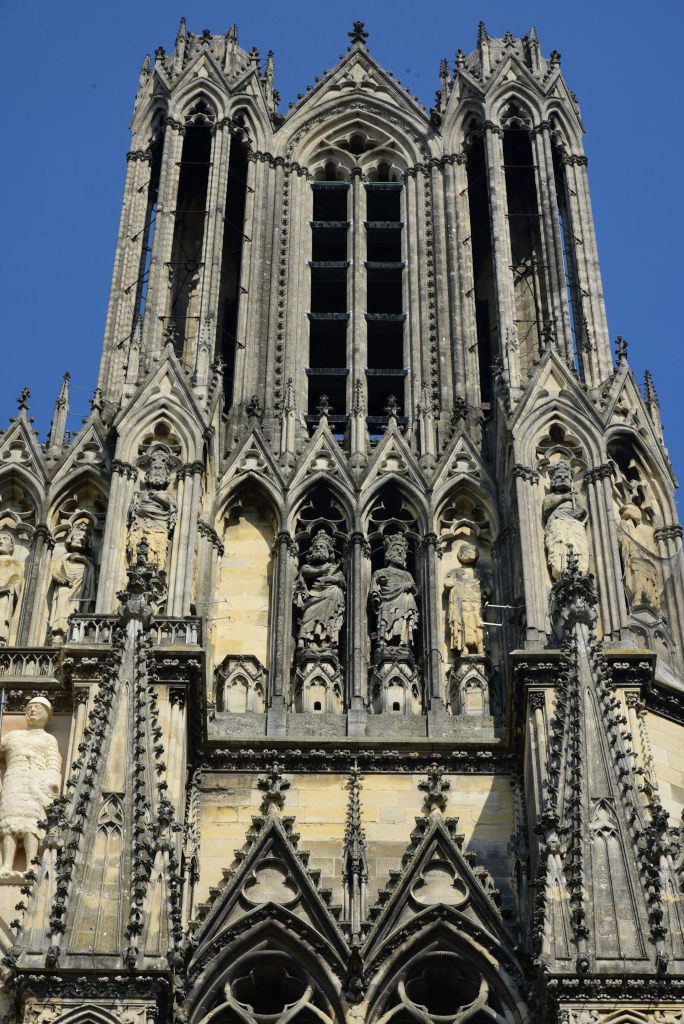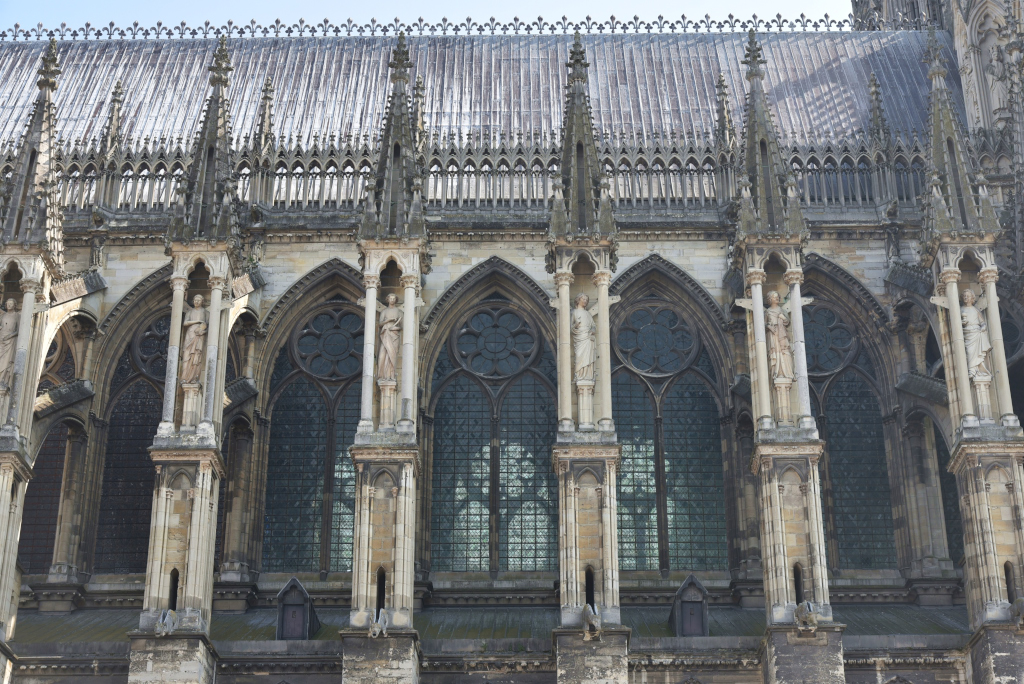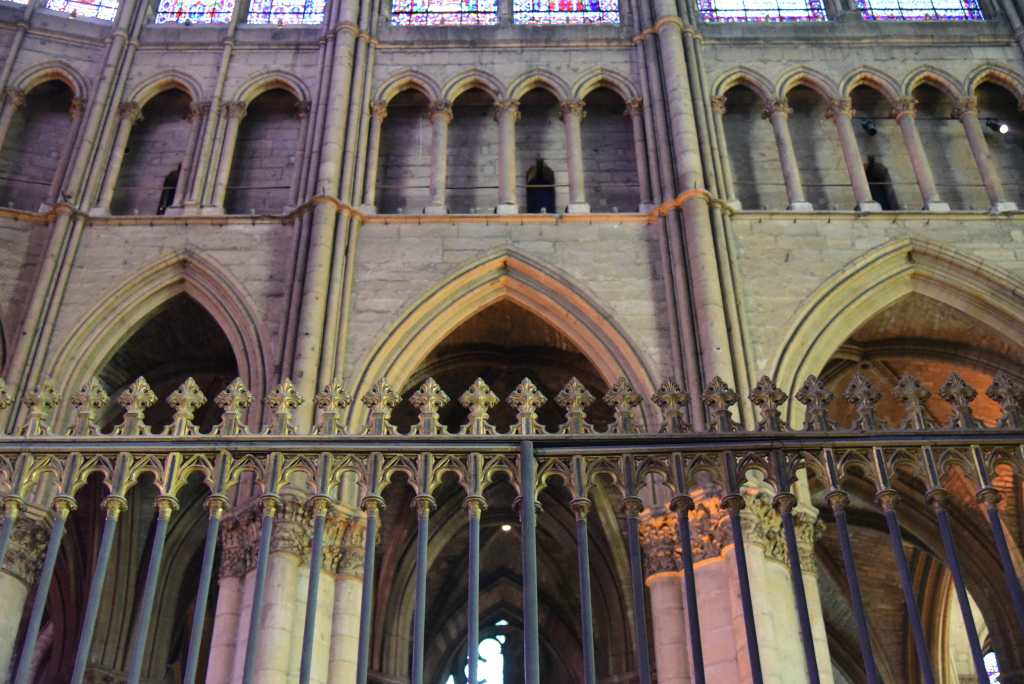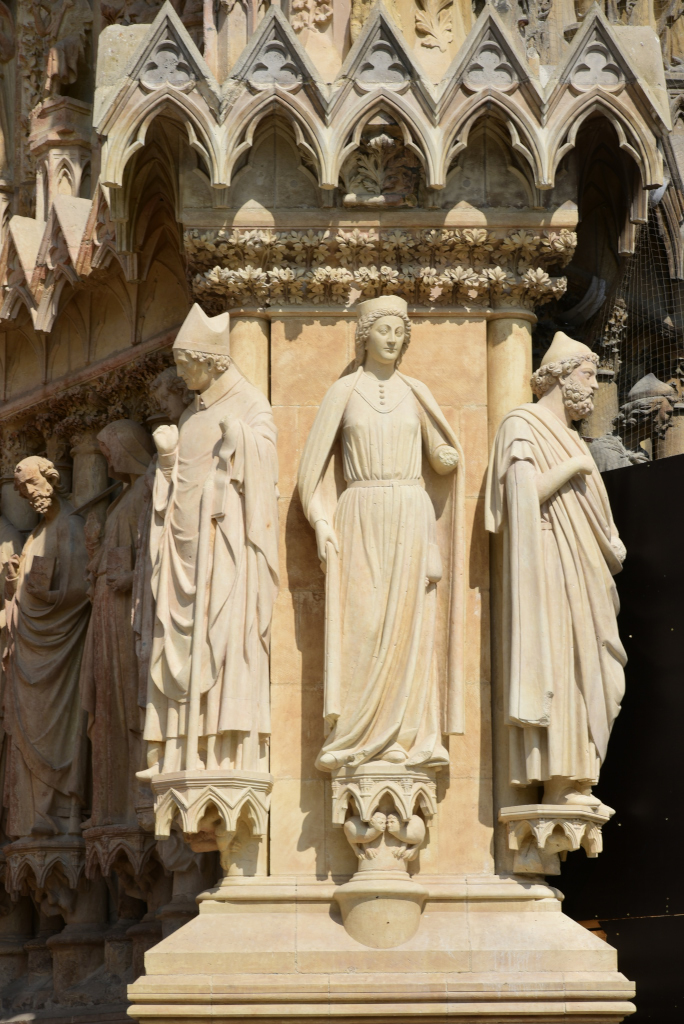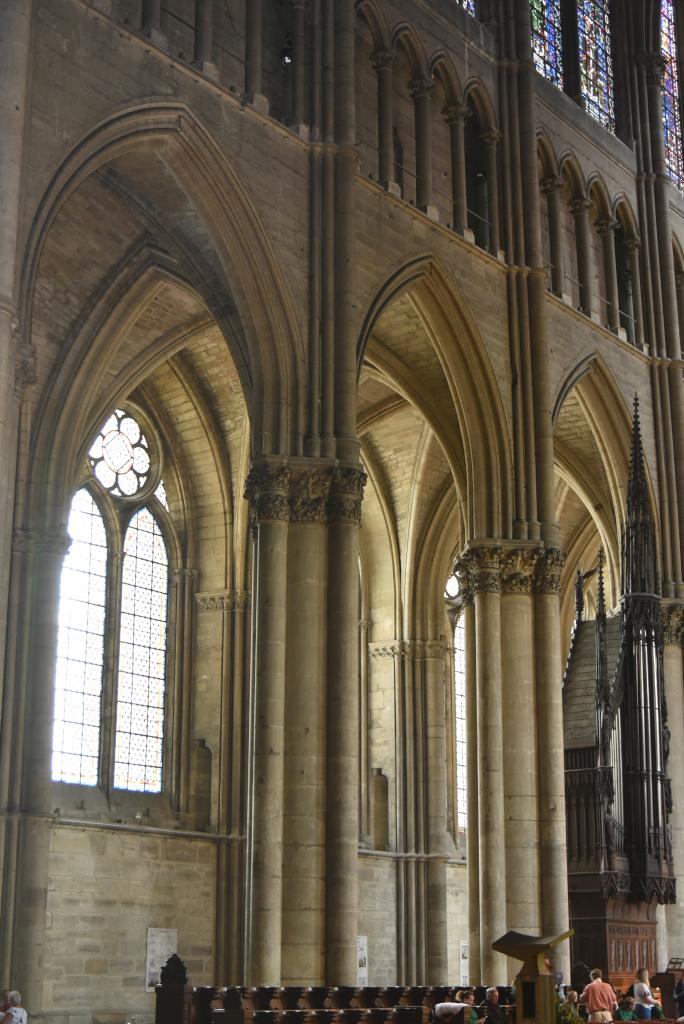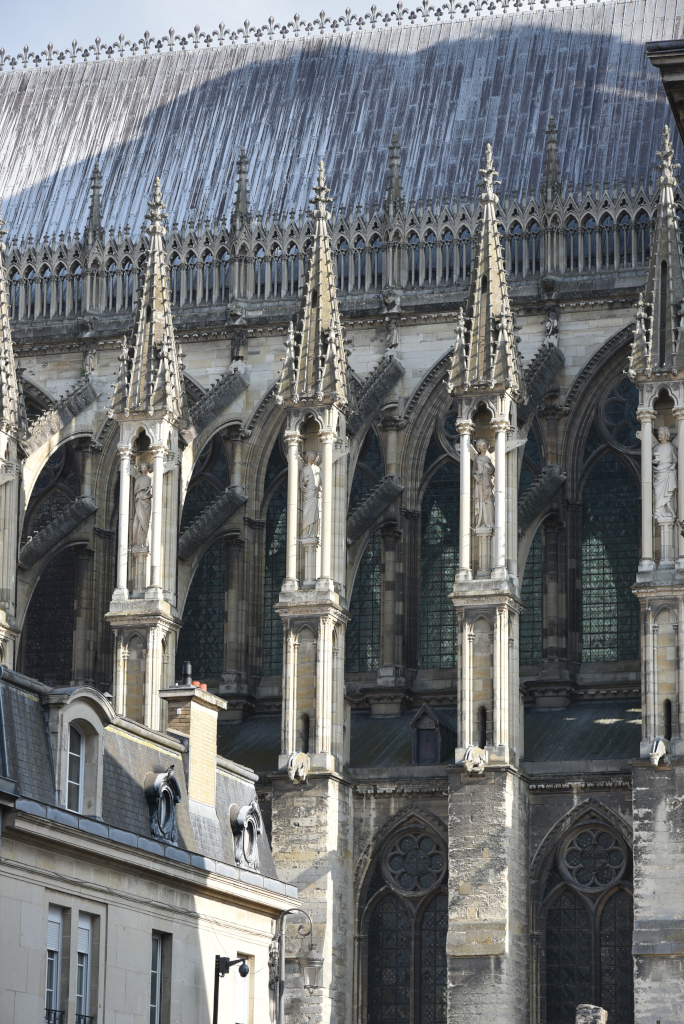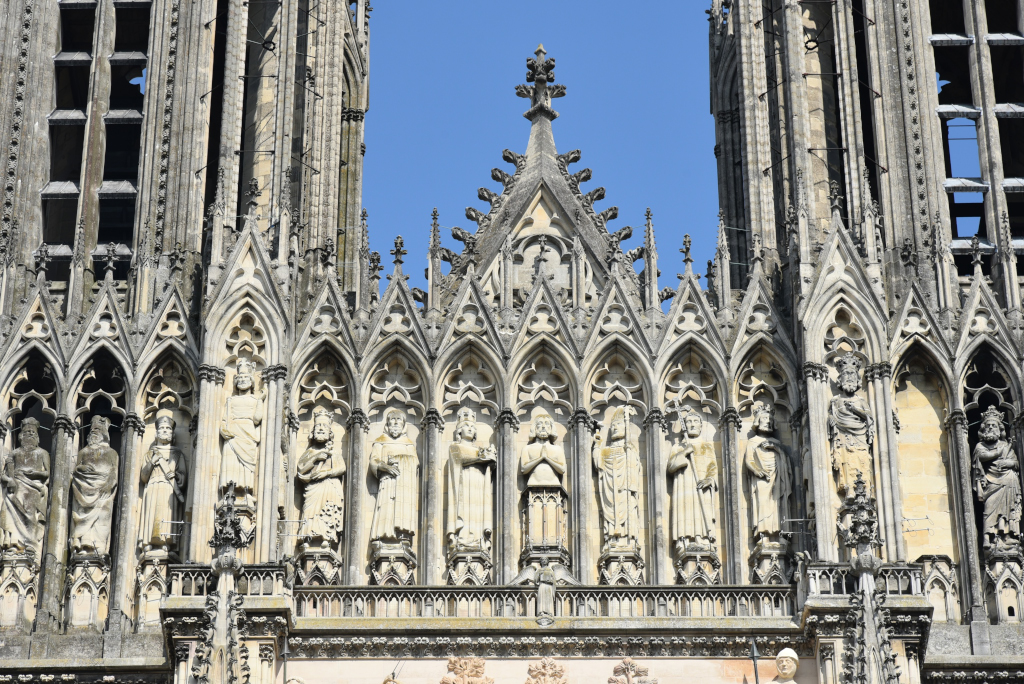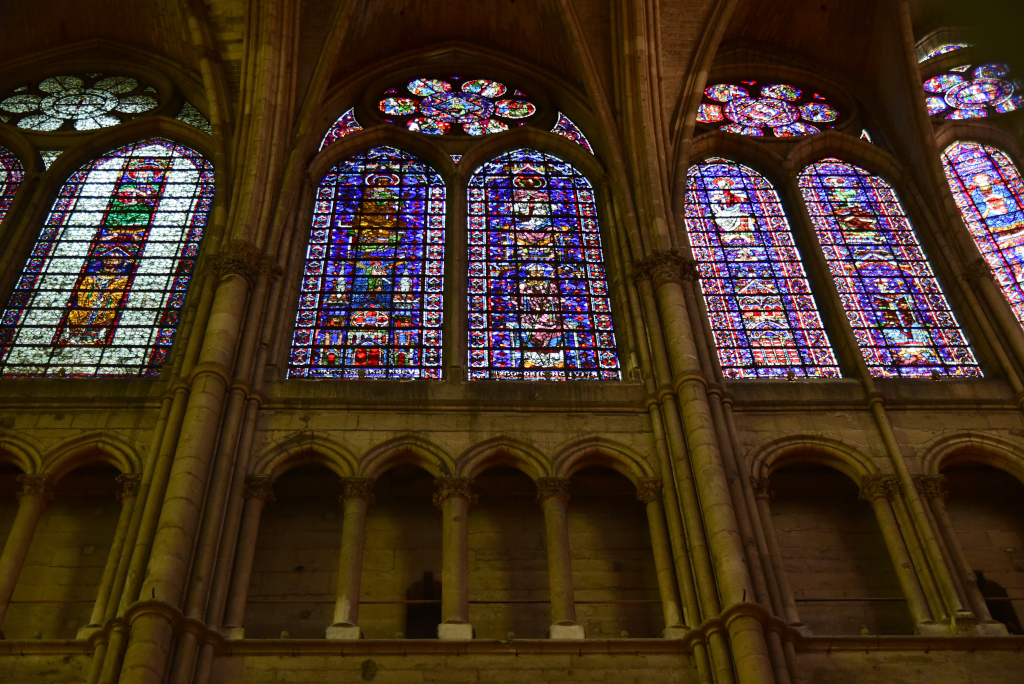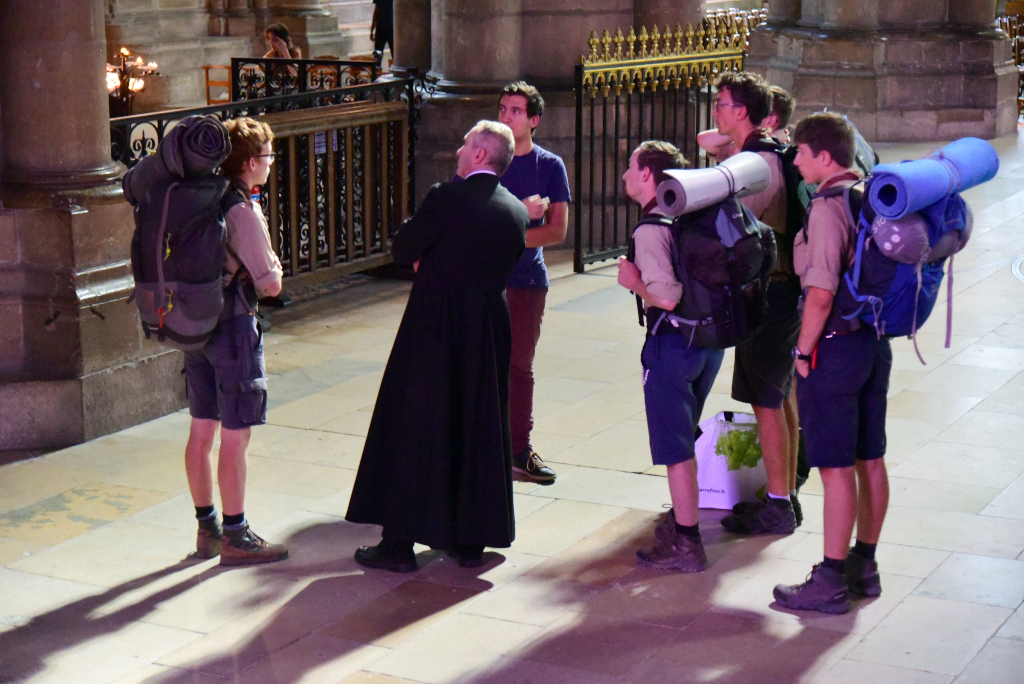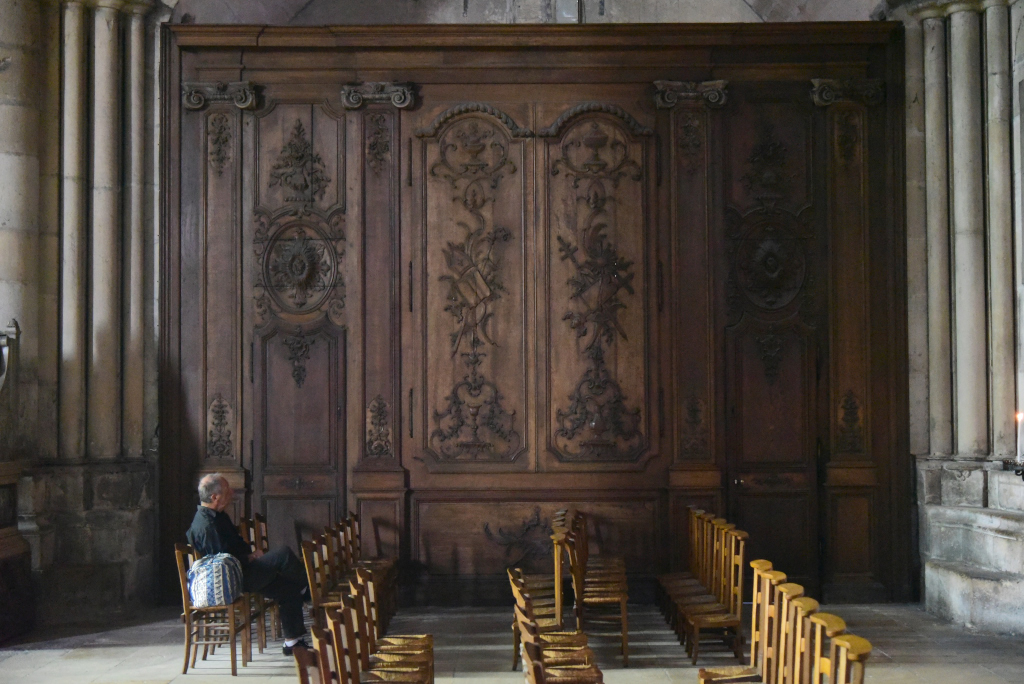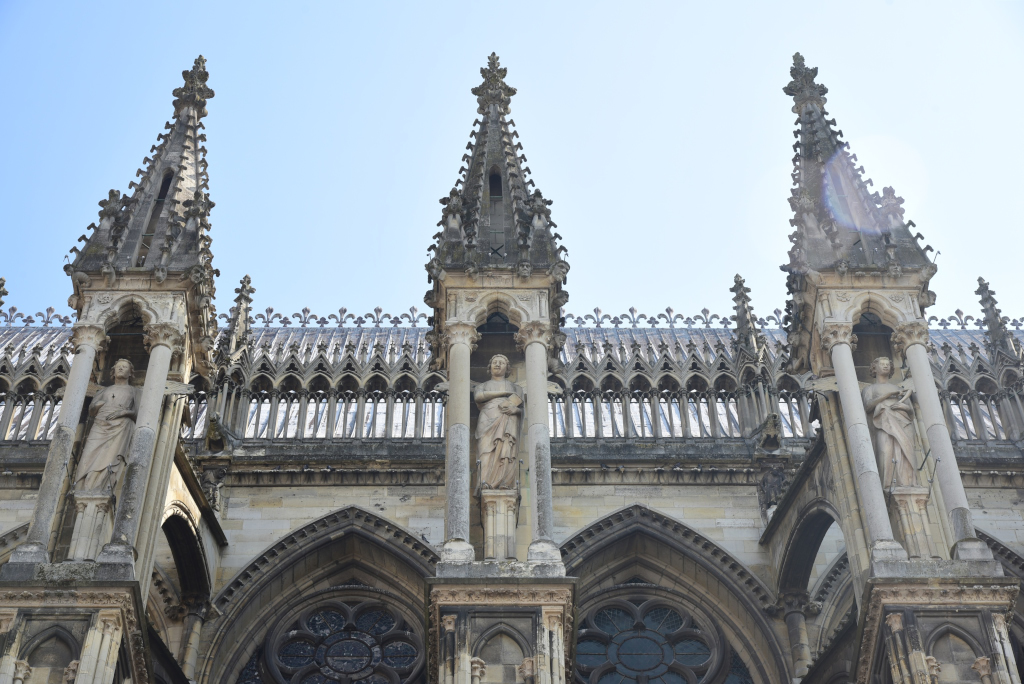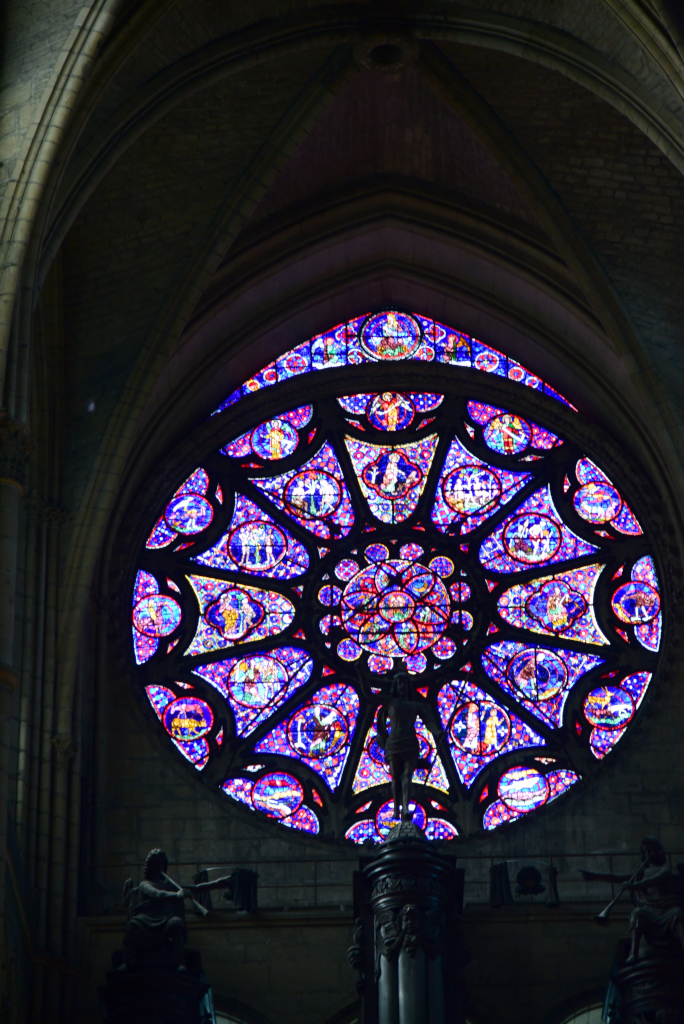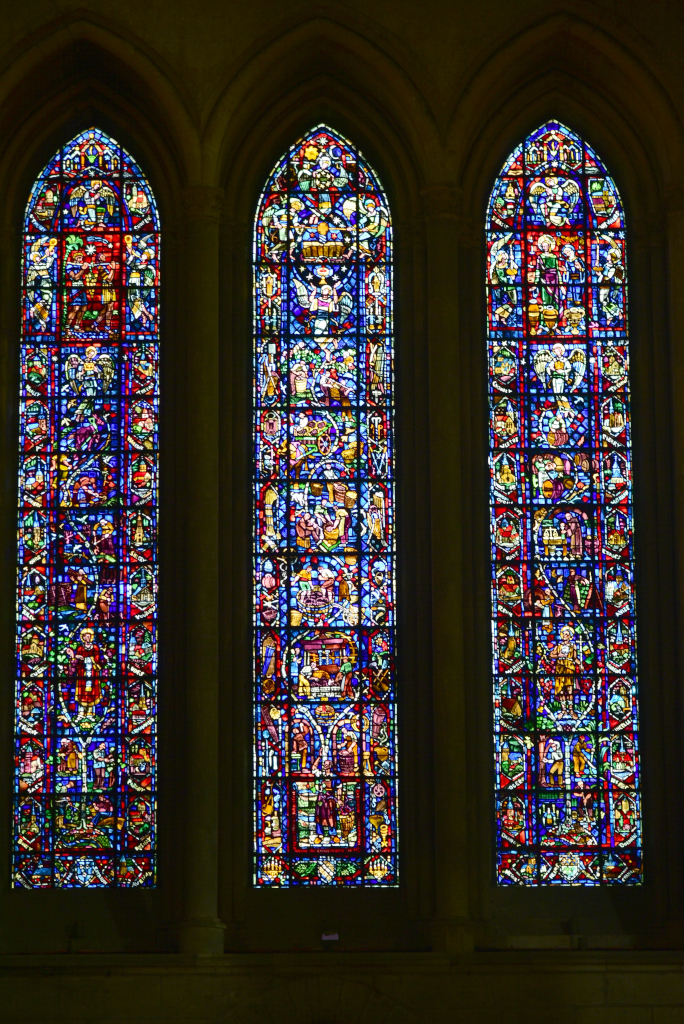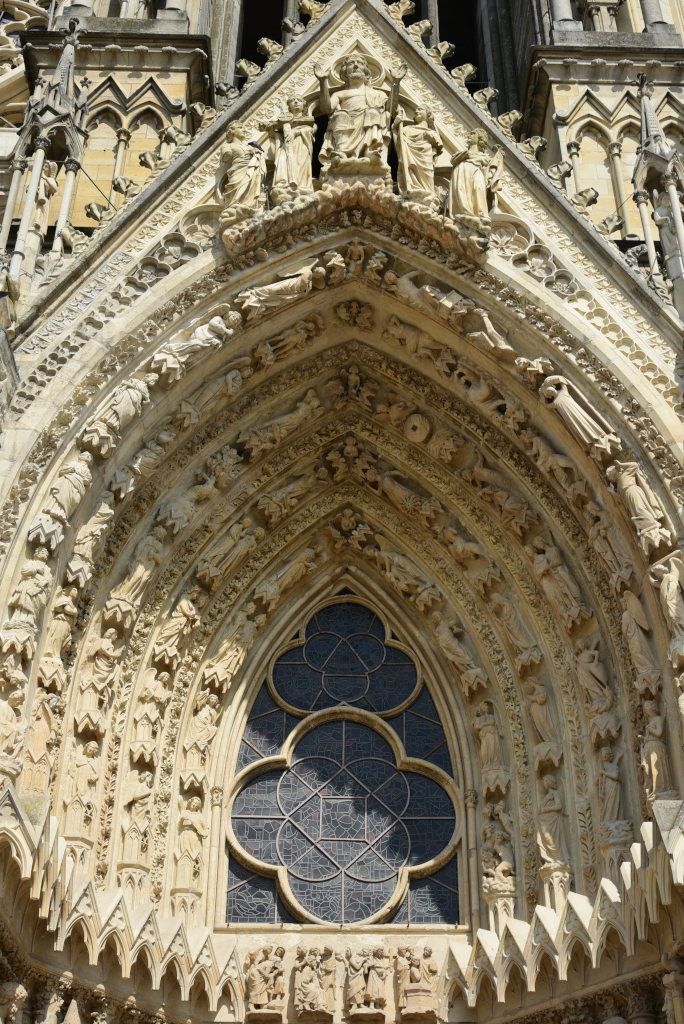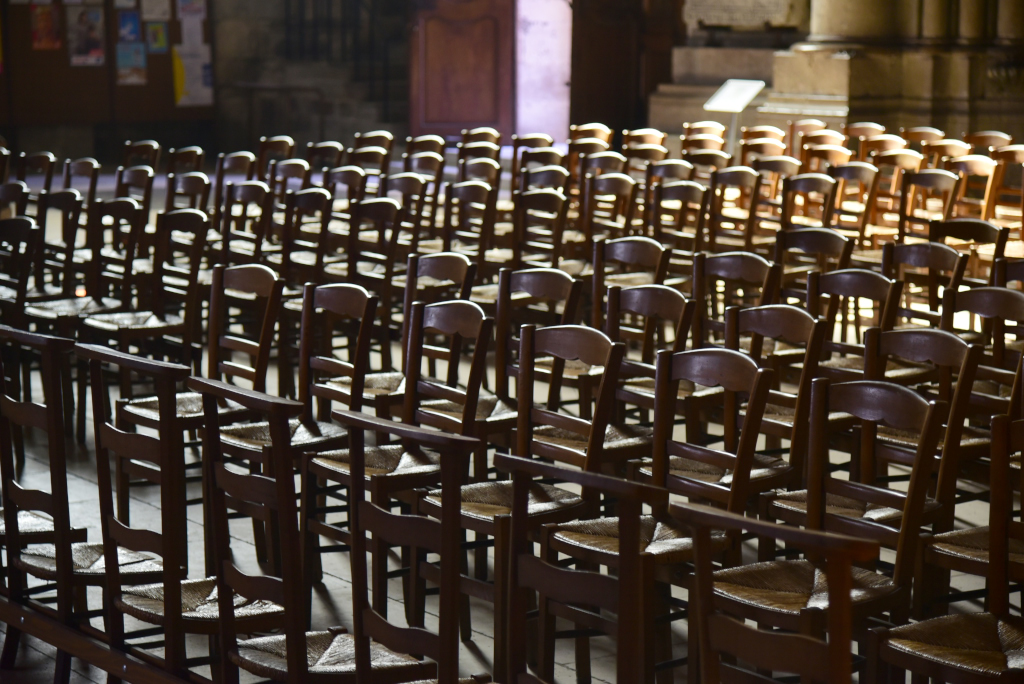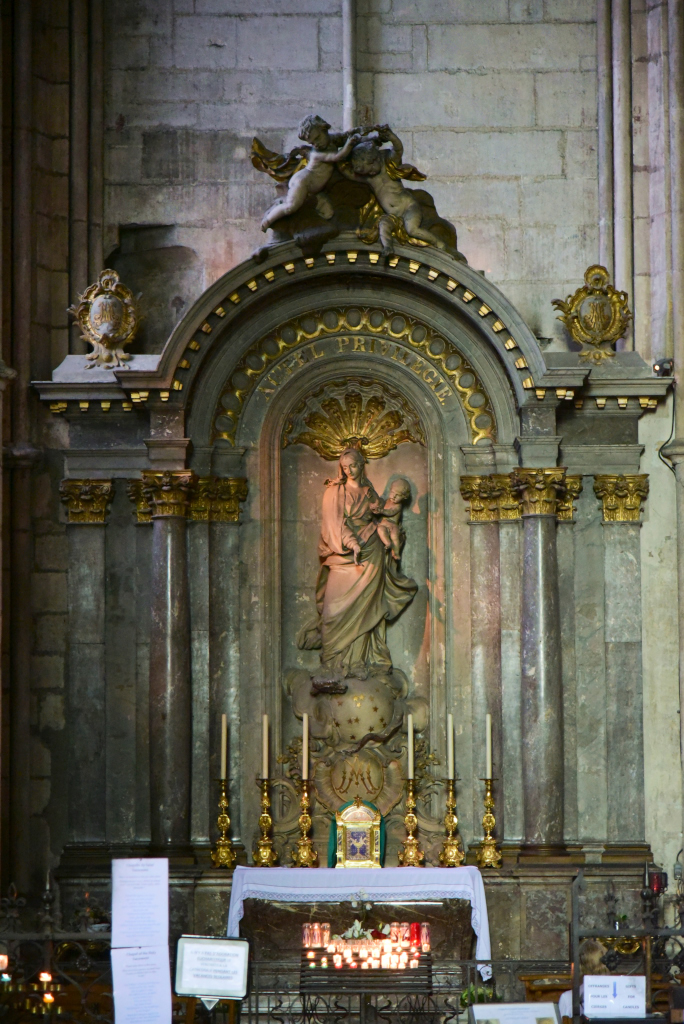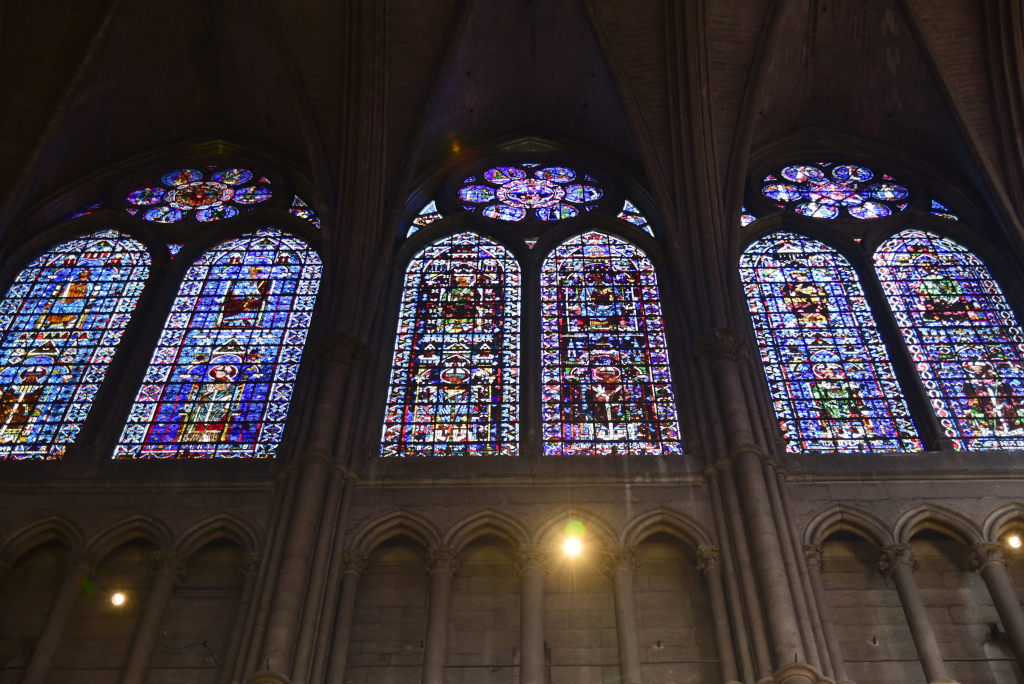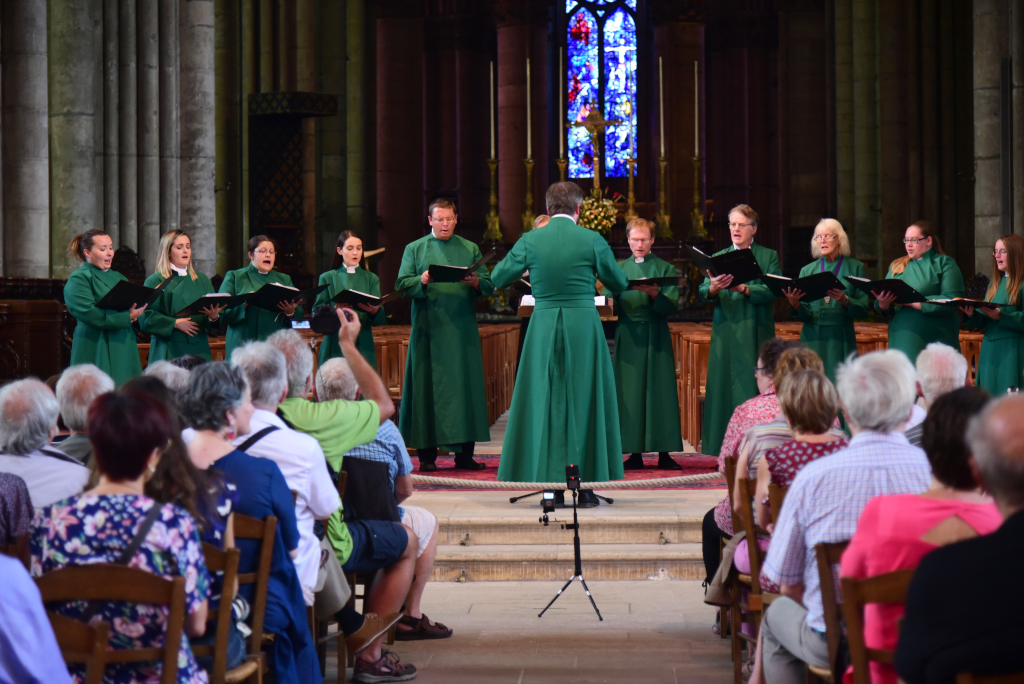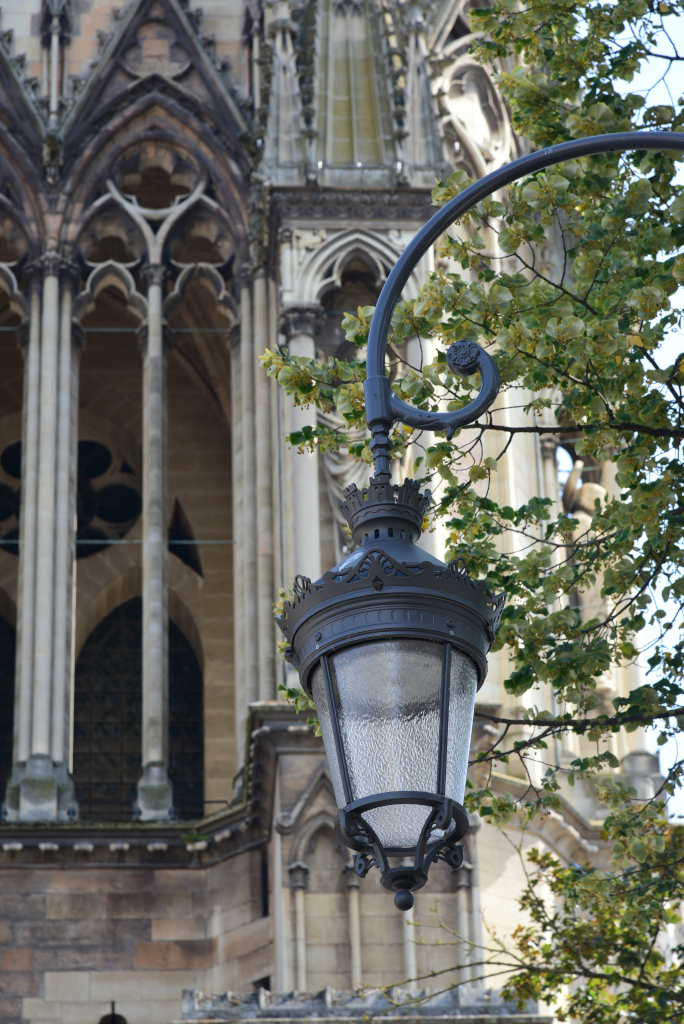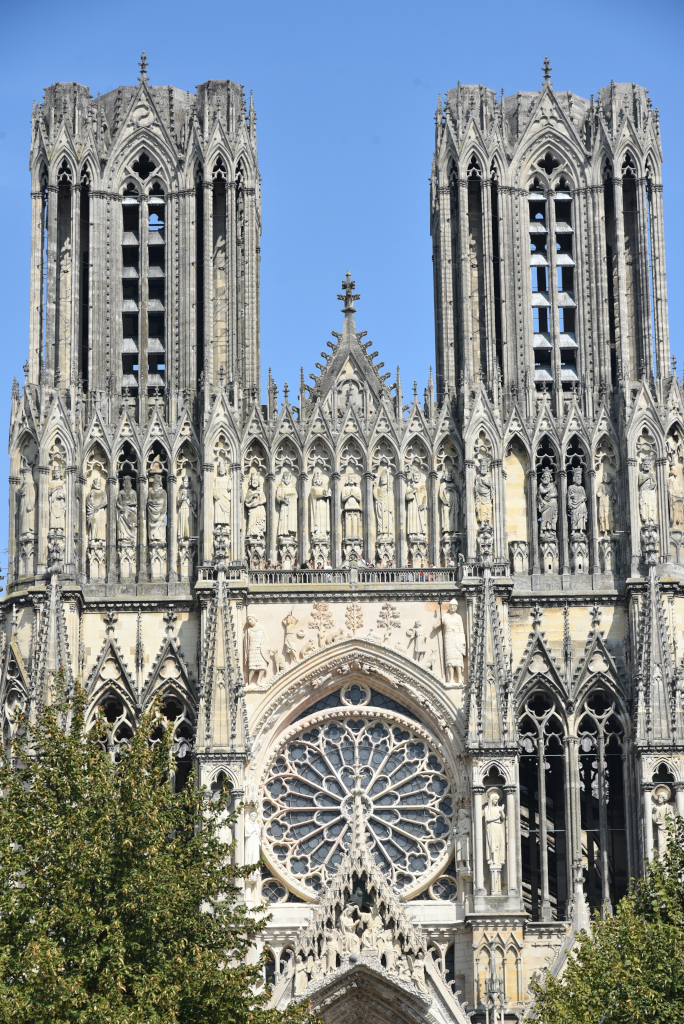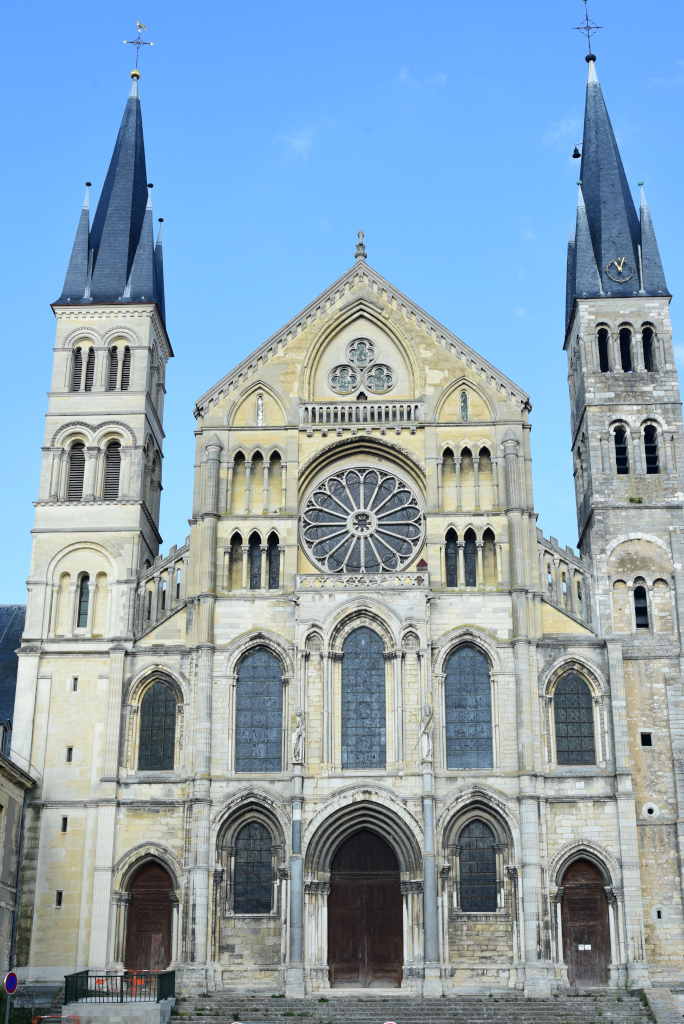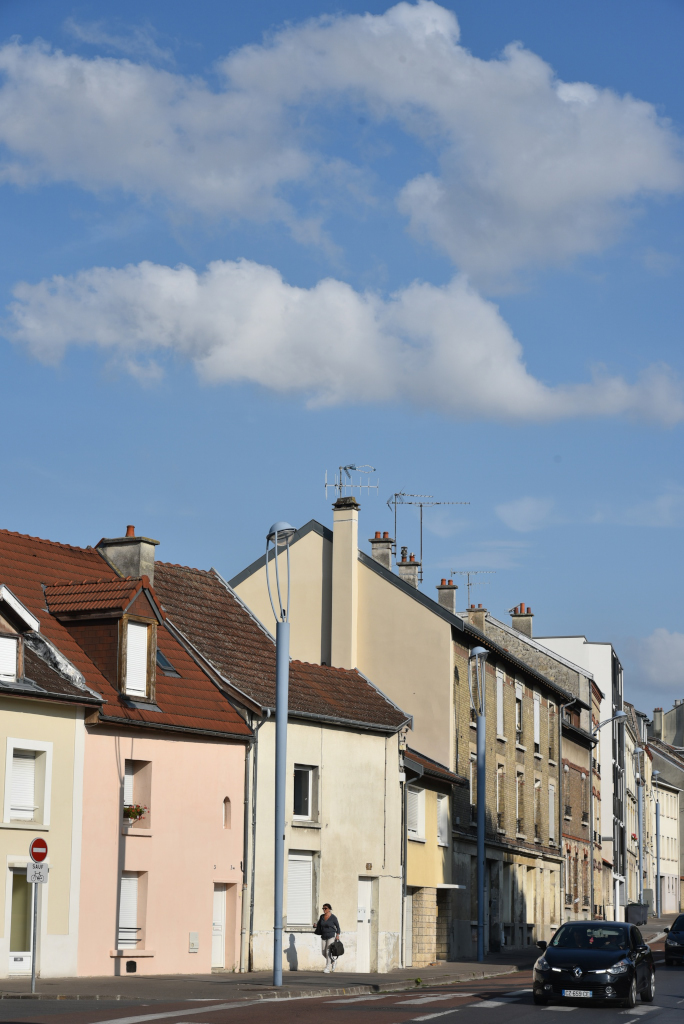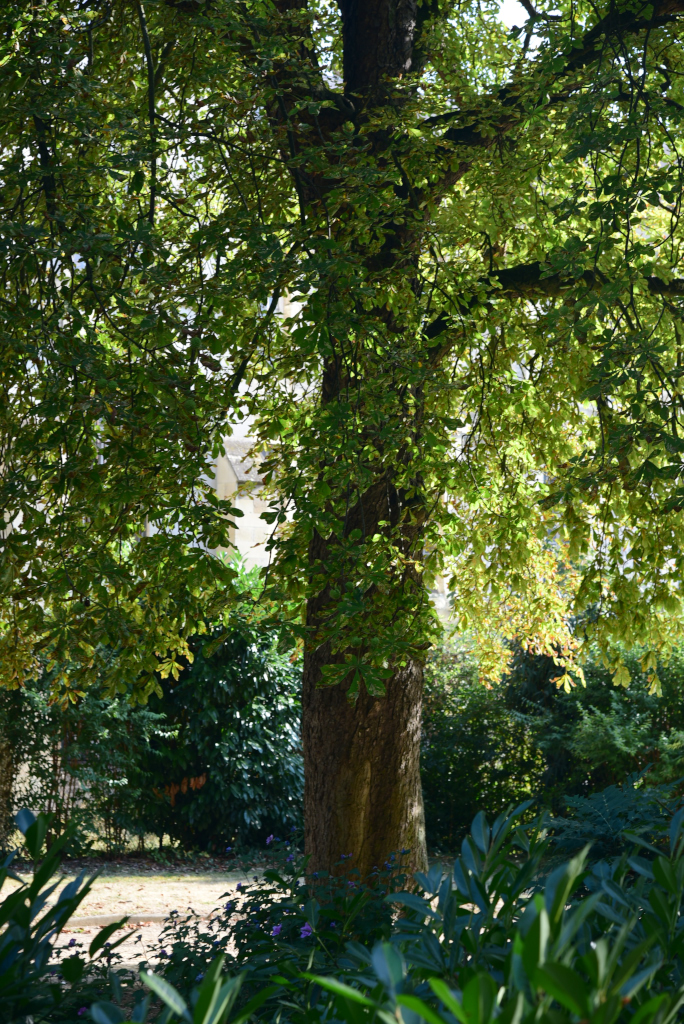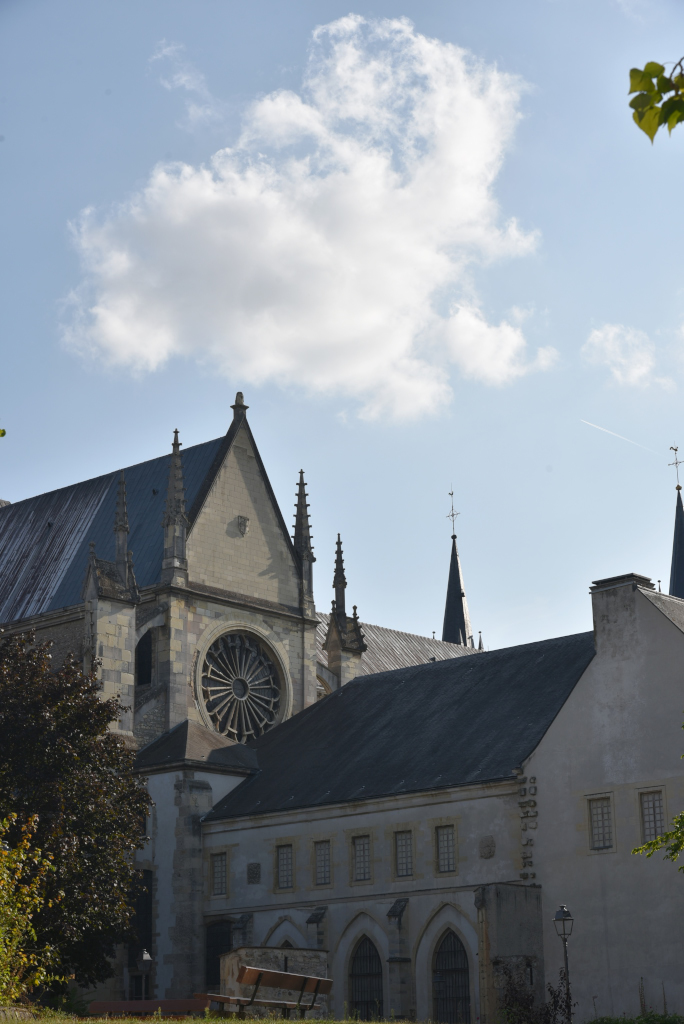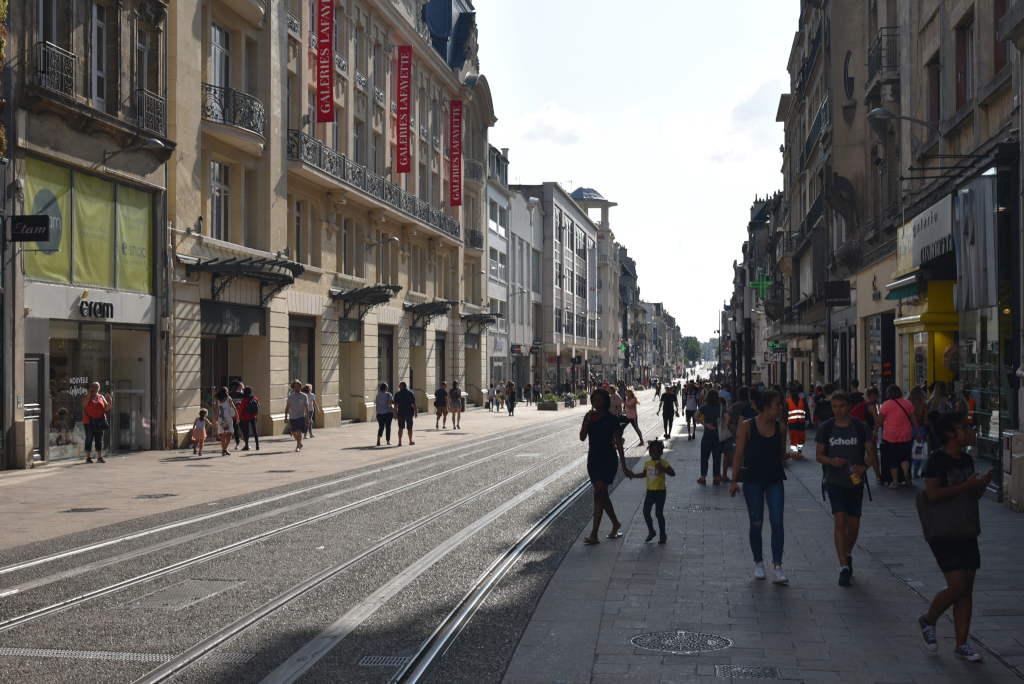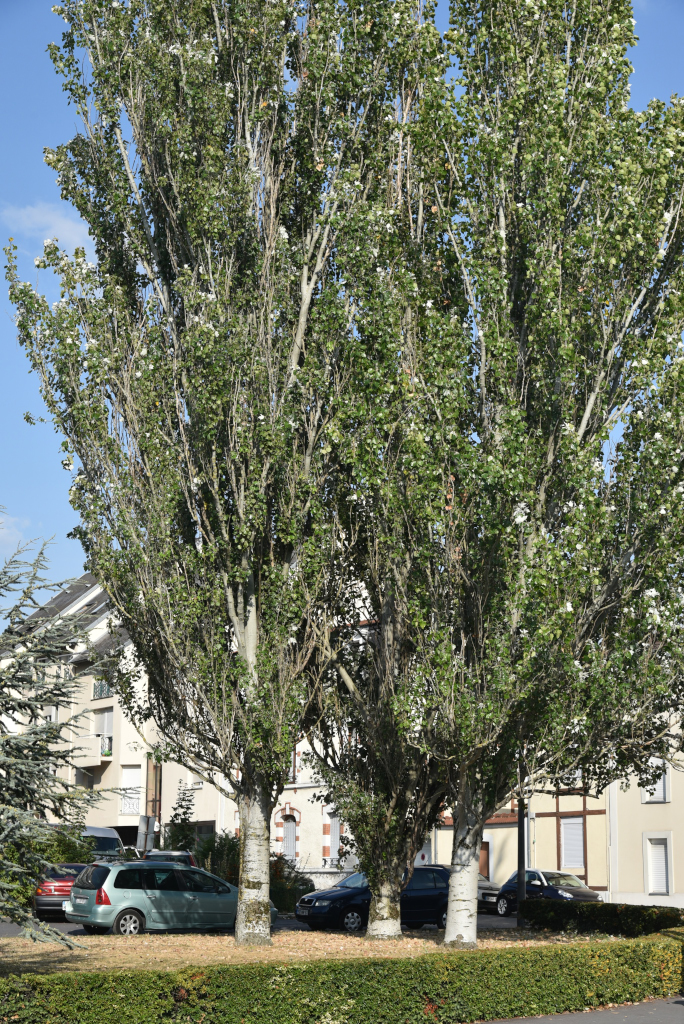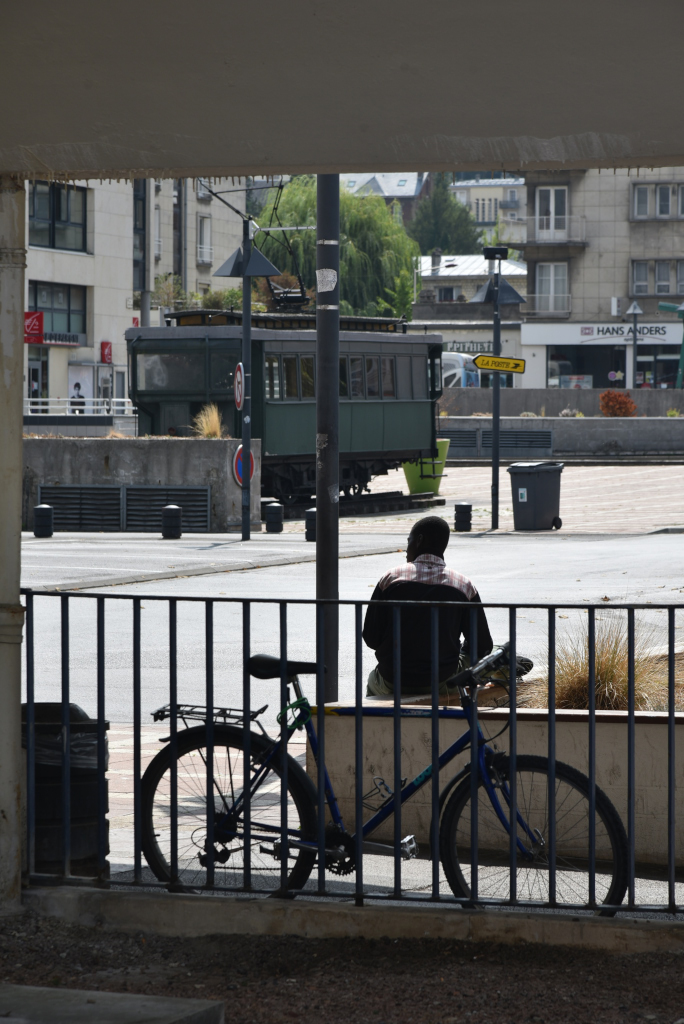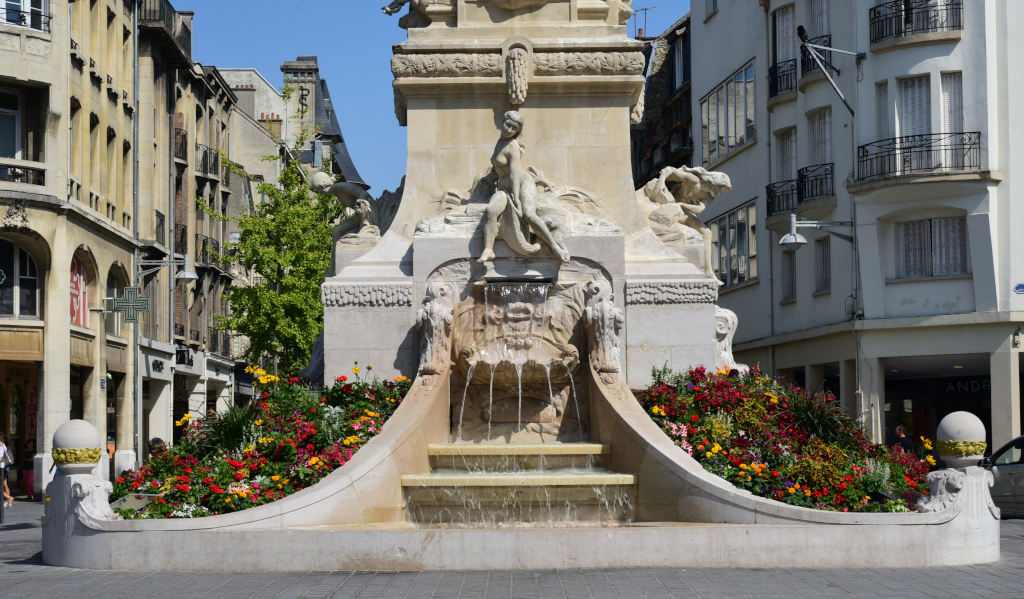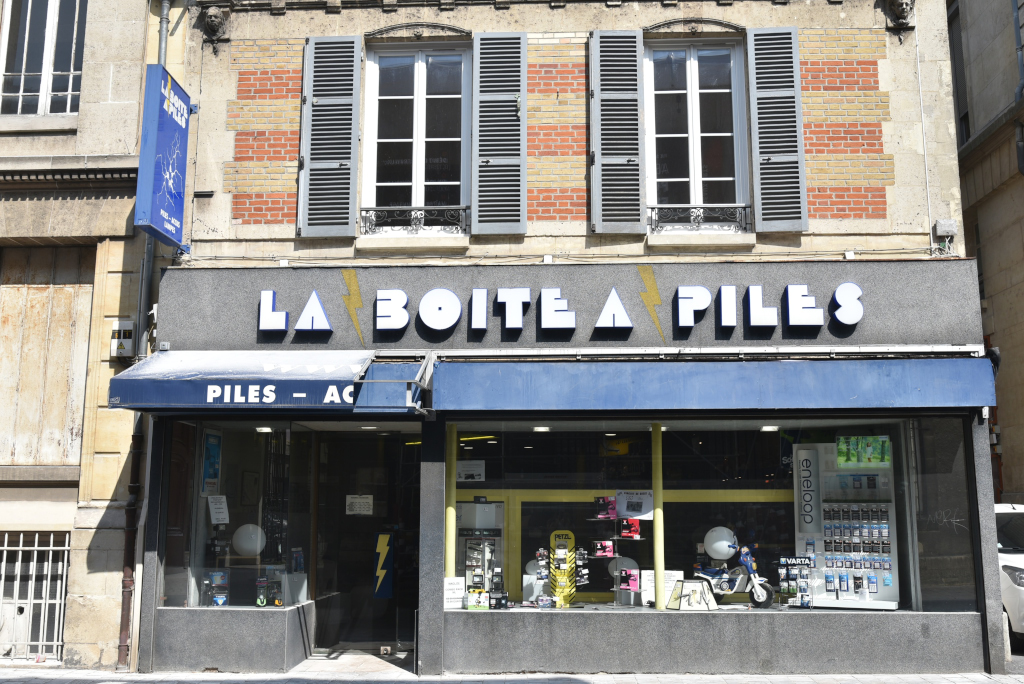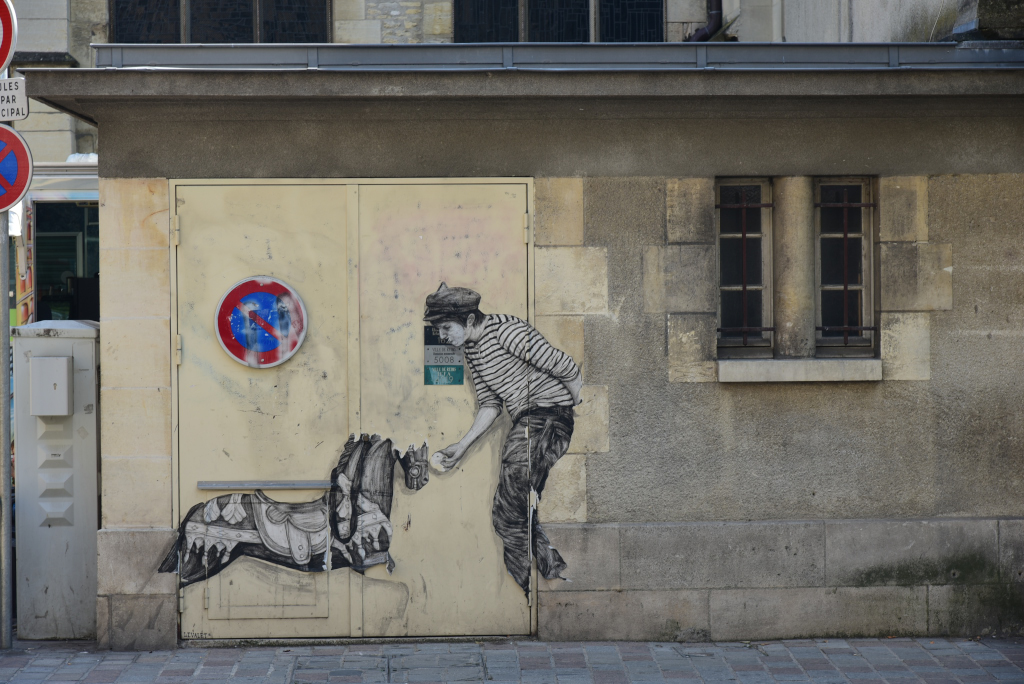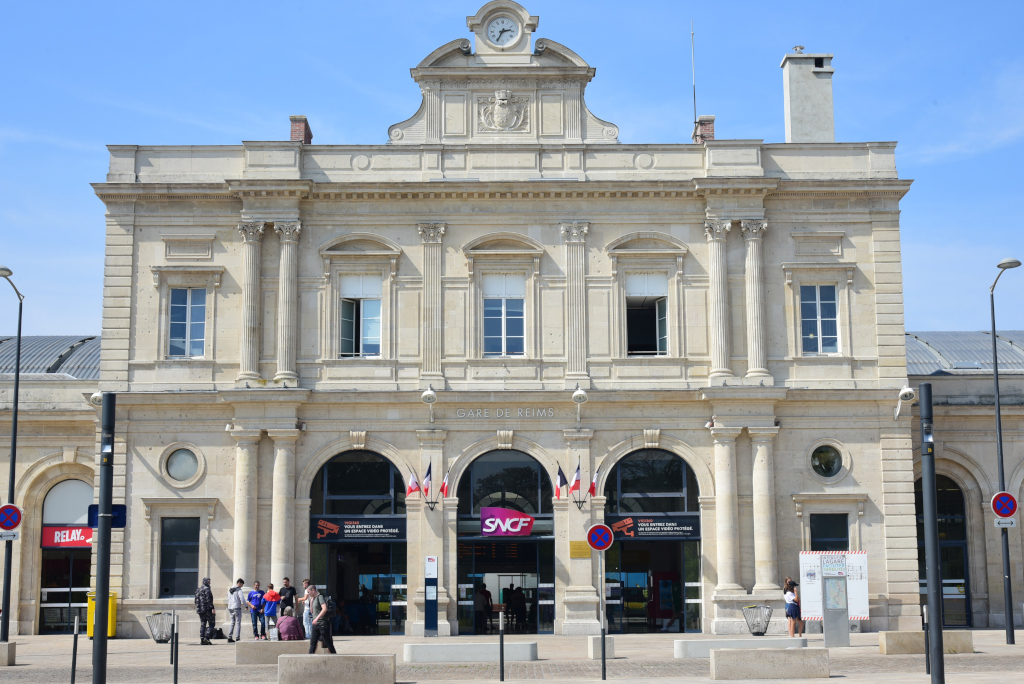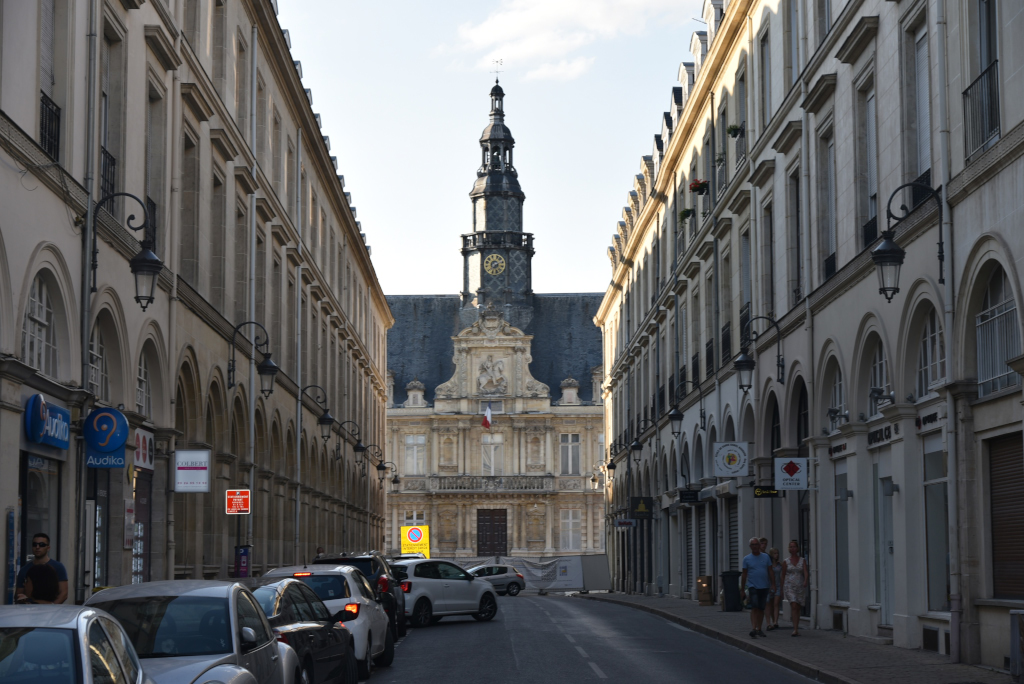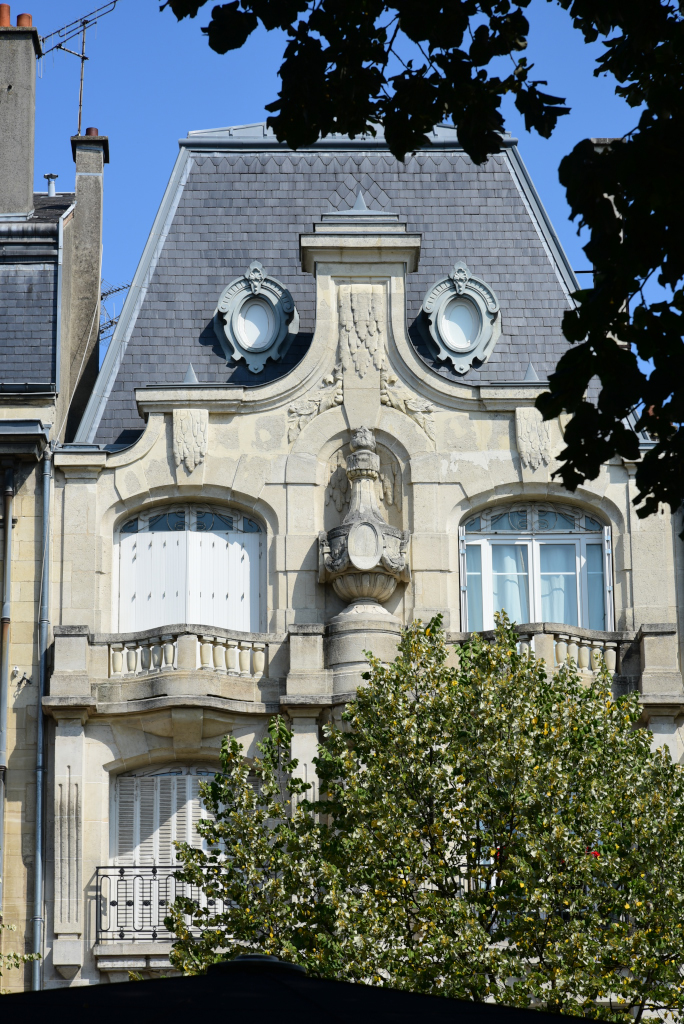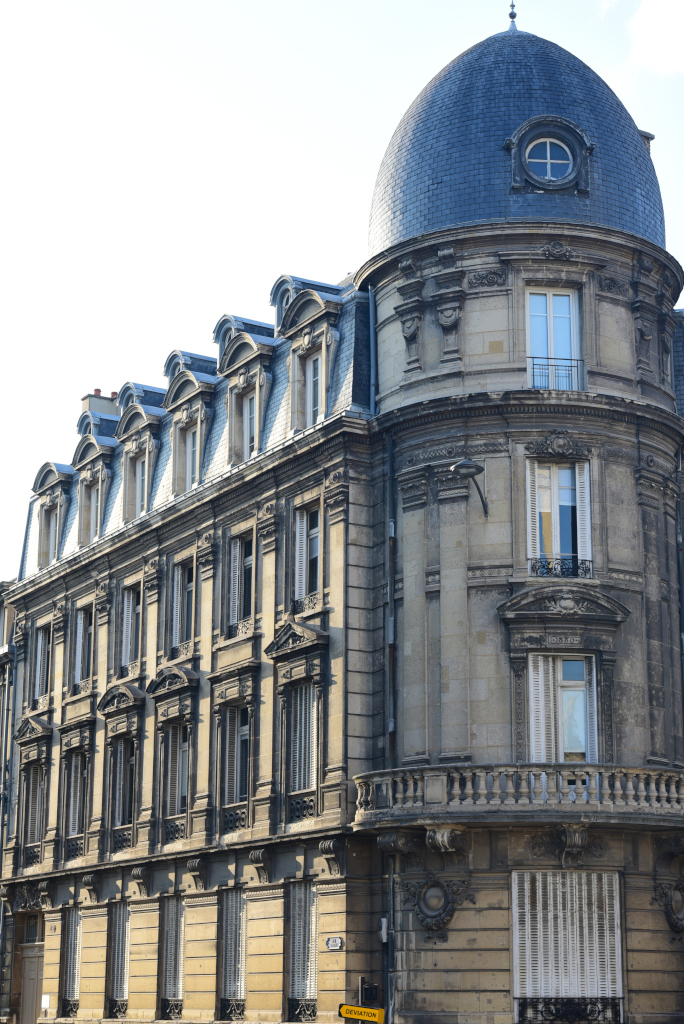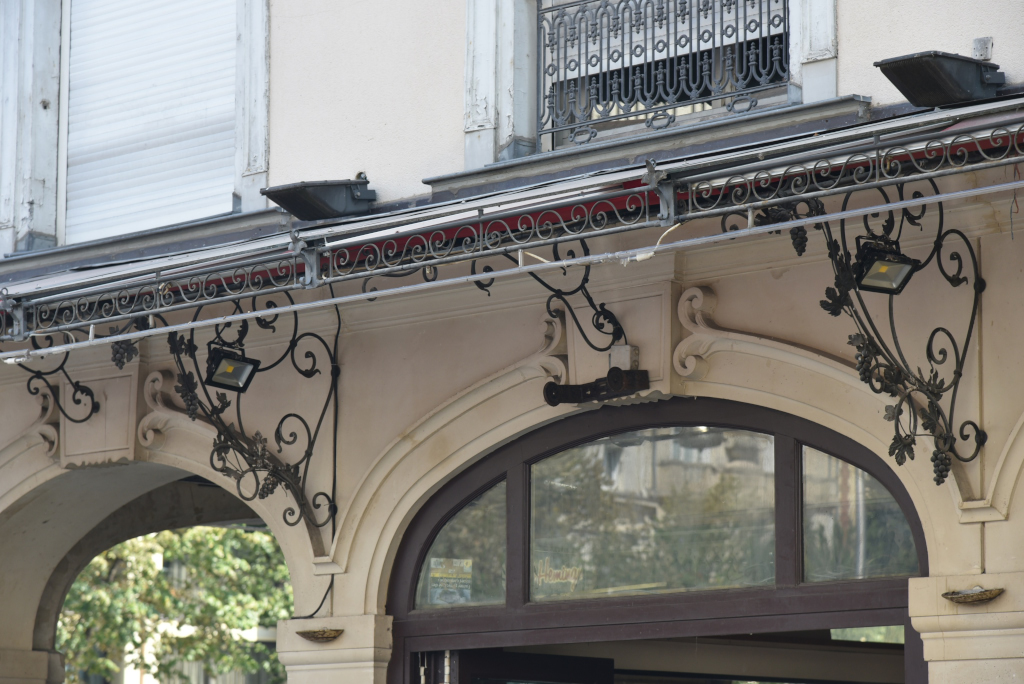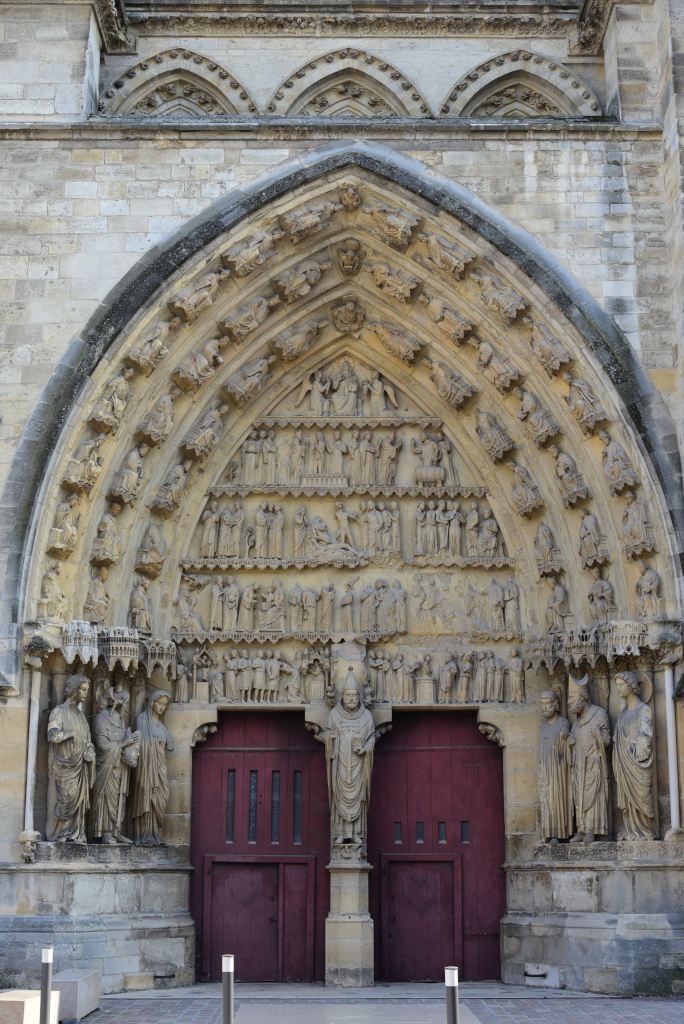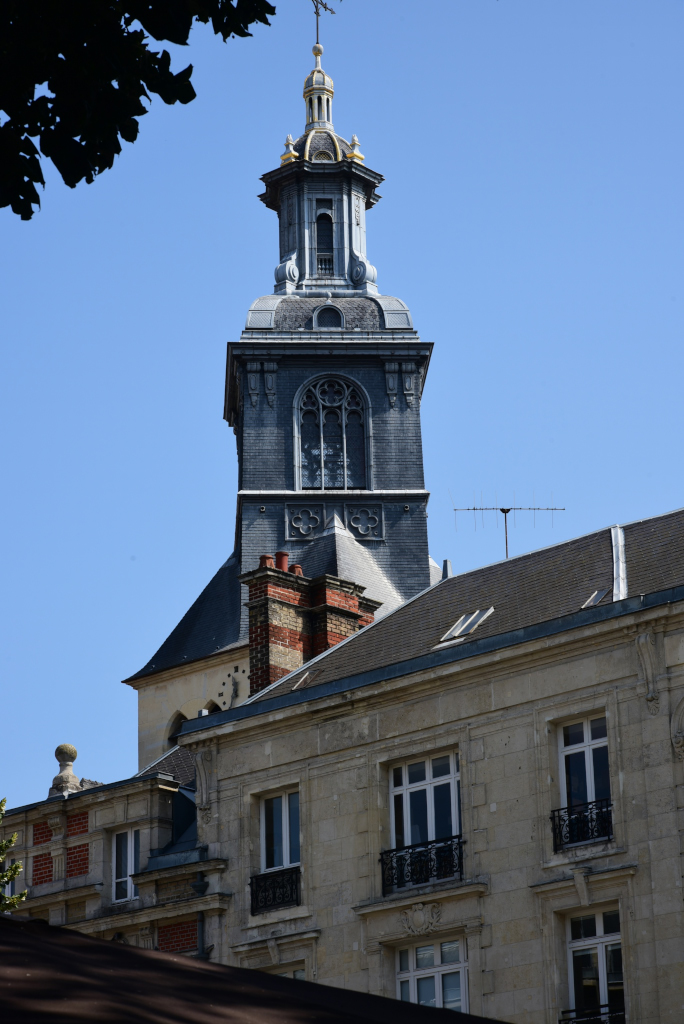August 23rd, 2018
To the southeast of Laon, set in the plains of central northeastern France lies Reims, an aristocratic city famed as capital of the Champagne region. Some 33 French kings were crowned in Reims as of 816 A.D., and its cathedral, the Notre-Dame de Reims, is arguable one of the most famous in the country.
Reims was originally founded by the Gauls and became a major city during the period of the Roman Empire. The town acted as capital for the Remi tribe, who allied themselves with the Romans and thus secured the special favour of the imperial power. Already in Roman times the city had a population ranging as high as 100,000. Christianity had become established in the city by 260, at which period Saint Sixtus of Reims founded the bishopric of Reims.
Clovis, King of the Salian Franks, was baptized by the bishop of Reims Remigius using the oil of the sacred phial – purportedly brought from heaven by a dove for the baptism of Clovis and subsequently preserved in the Abbey of Saint-Remi. For centuries the events at the crowning of Clovis I became a symbol used by the monarchy to claim the divine right to rule.
The archbishops of Reims controlled the consecration of the kings of France, a privilege they exercised from the time of Philippe II Augustus (1180–1223) to that of Charles X (anointed 1825). The Reims cathedral was permanently established as the site of the coronation of the French monarch. All but seven of France’s future kings would be crowned at Reims.
The Treaty of Troyes (1420) ceded Reims to the English, who had attempted to besiege the city in 1360, but French patriots expelled them on the approach of Joan of Arc, who in 1429 had Charles VII consecrated in the cathedral.
Louis XI cruelly suppressed a revolt at Reims, caused in 1461 by the salt tax. During the French Wars of Religion the city sided with the Catholic League (1585), but submitted to King Henri IV after the battle of Ivry (1590).
Hostilities in World War I greatly damaged the city. German bombardment and a subsequent fire in 1914 did severe damage to the cathedral. The ruined cathedral became one of the central images of anti-German propaganda produced in France during the war, which presented it, along with the ruins of the Cloth Hall at Ypres and the University Library in Louvain, as evidence that German aggression targeted cultural landmarks of European civilization.
The original Notre-Dame de Reims was founded by Saint Nicasius on the site of the current cathedral at the beginning of the 5th century. Clovis, King of the Franks, was baptized here by Saint Remigius on Christmas Day some time between 496 and 499. Much of the structure was rebuilt in the early 9th century A.D. At the beginning of the century A.D., the Carolingian-early Gothic cathedral was destroyed by fire, and replaced by a high Gothic structure whose work was completed towards the end of the 13th century.
The 81 meter-high towers were originally intended to rise to a height of 120 meters. The interior of the cathedral is 138.75 m long, 30 m wide in the nave and 38 m high in the centre. It comprises a nave with aisles, transepts with aisles, a choir with double aisles, and an apse with ambulatory and radiating chapels. Its stained glass windows date from the 13th through to the 20th century. The south tower holds just two great bells; one of them, named “Charlotte” by Charles, Cardinal of Lorraine in 1570, weighs more than 10,000 kilograms.
After Henry V, King of England, defeated Charles VI’s army at Agincourt during the Hundred Years War, most of northern France fell to the English. The English held Reims until 1429, when it was liberated by Joan of Arc. She is memorialized at Reims Cathedral with two statues: an equestrian statue outside the church and another within the church.
The center of the front facade features the Gallery of Kings, composed of 56 statues with a height of 4.5 meters, with Clovis I in the center mid-baptism, Clotilde to his right, and Saint Remigius to his left. The three portals are laden with statues – among European cathedrals, only Chartres has more sculpted figures. The central portal, dedicated to the Virgin Mary, is surmounted by a rose window framed in an arch itself decorated with statuary, in place of the usual sculptured tympanum. The facades of the transepts are also decorated with sculptures.
Saint Remi Basilica dates from the 11th century and takes its name from the fifth-century Saint Remi, revered as the patron saint of the inhabitants of Reims for more than fifteen centuries. The Gothic nave and transepts represent the oldest parts of the church, while the façade of the south transept and the choir and apse chapels from the 12th and 13th centuries. Adjacent to the basilica stands an important abbey, formerly known as the Royal Abbey of St Remi, tracing its heritage back to St Remi.
The triumphal arch Porte de Mars is the oldest monument in Reims. Popular tradition tells that the Remi erected it in honour of Augustus when Agrippa made the great roads terminating at the city, but it probably belongs to the 3rd or 4th century. The Mars Gate was one of 4 Roman gates to the city walls, which were restored at the time of the Norman Invasion of northern France in the 9th century.
The archiepiscopal palace, built between 1498 and 1509 served as the residence of the kings of France on the occasion of their coronations. The salle du Tau, where the royal banquet took place, has an immense stone chimney that dates from the 15th century. Both the chapel and the salle du Tau have decorative tapestries of the 17th century. The palace opened to the public in 1972 as a museum containing such exhibits as statues formerly displayed by the cathedral, treasures of the cathedral from past centuries, and royal attire from coronations of French kings.
(Narrative excerpted from Wikipedia)


